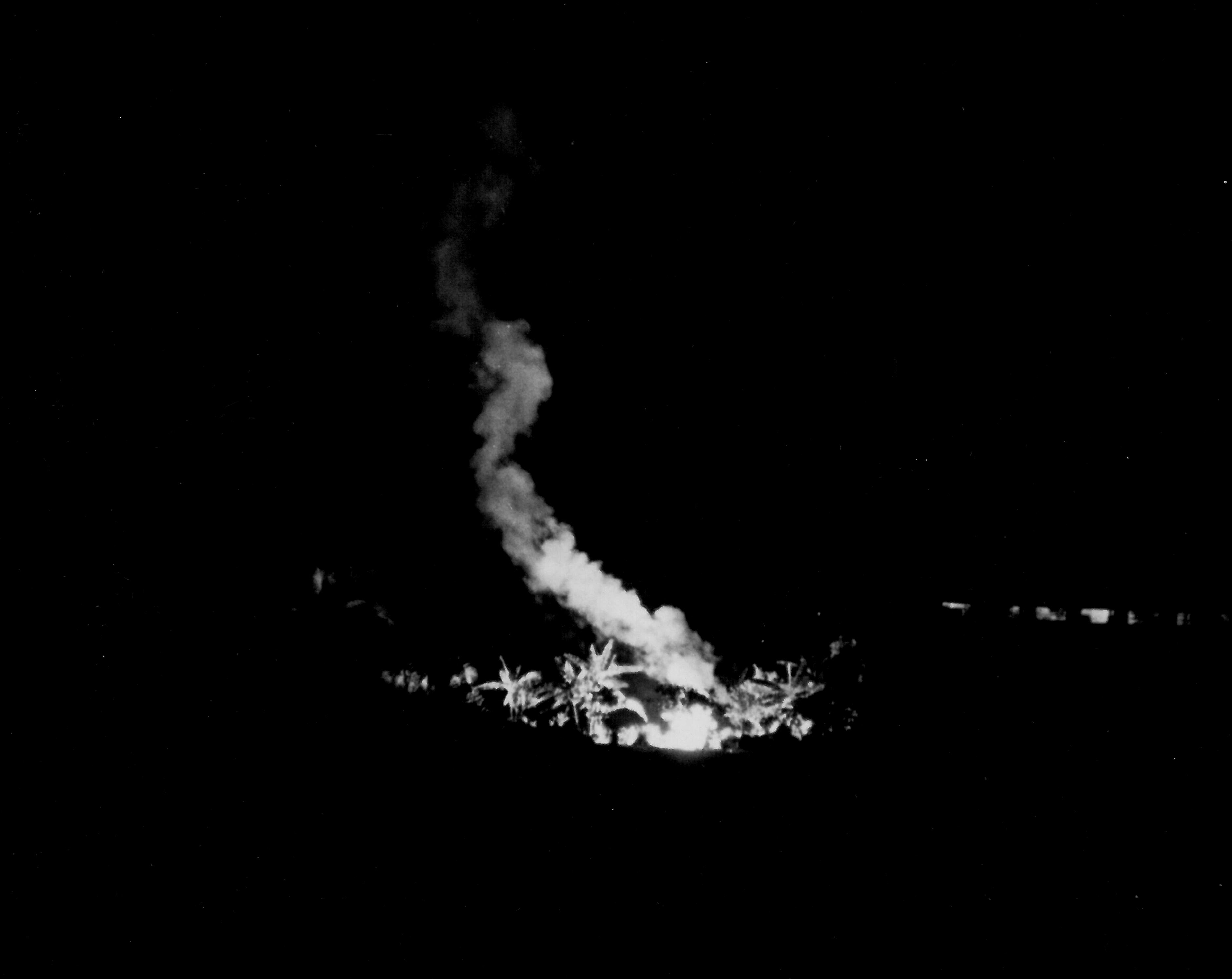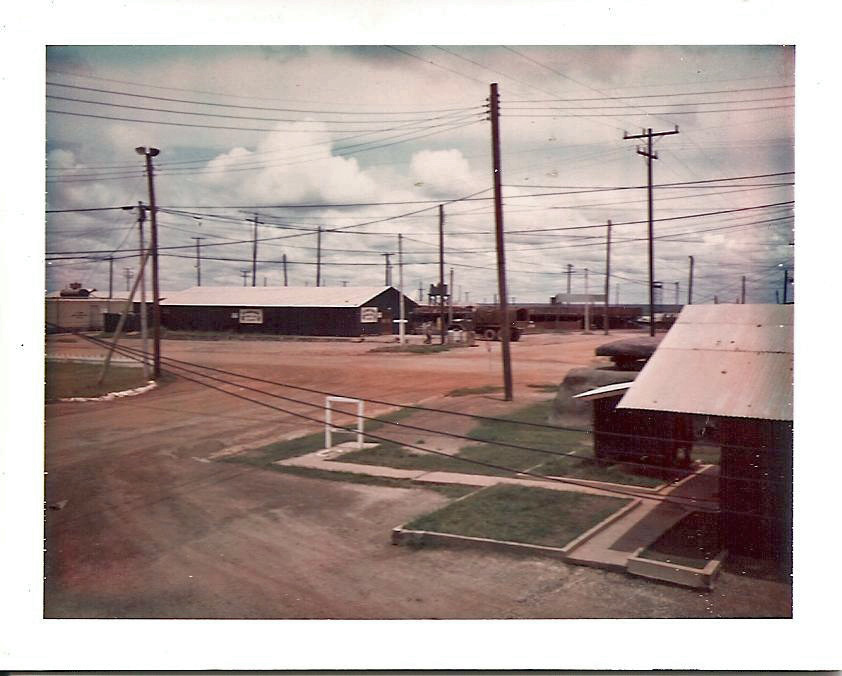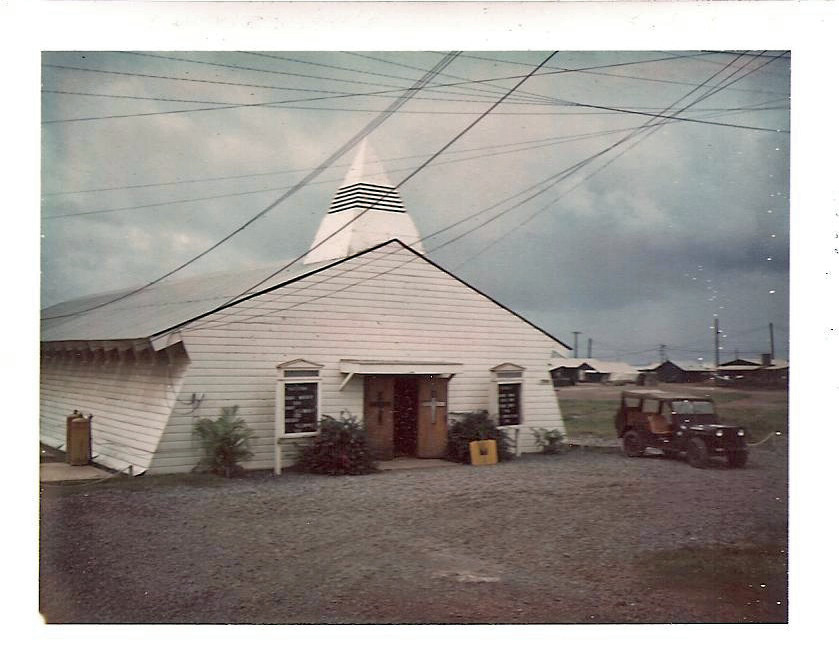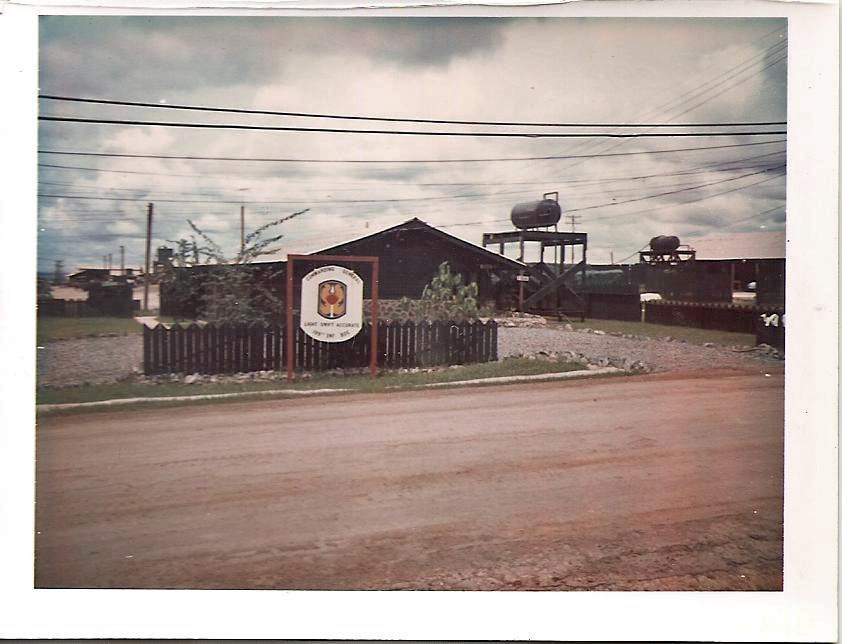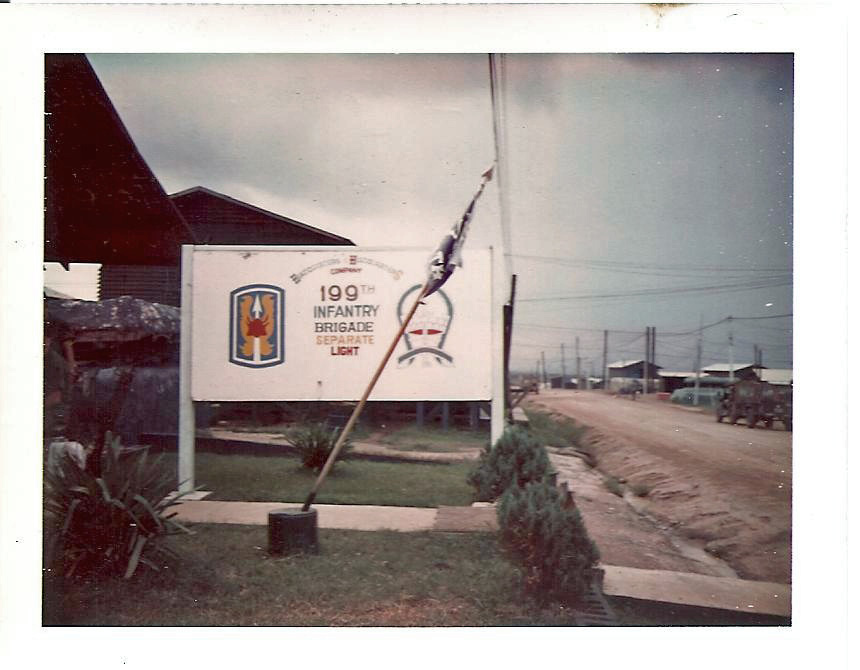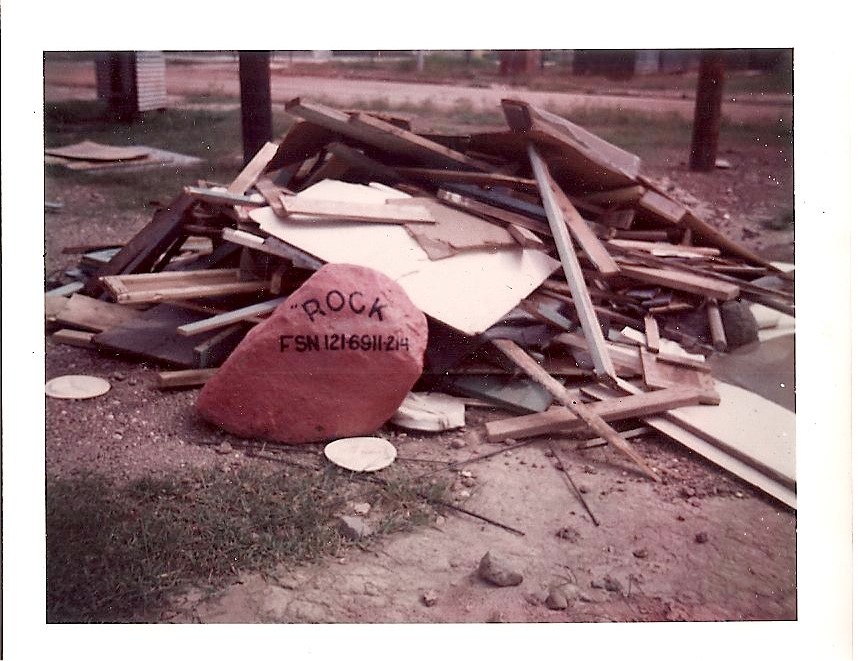The 199th established its first and only Brigade Main Base, or BMB, several klicks northeast of Saigon and Bien Hoa called Camp Frenzell-Jones. BMB was named after two of the Brigade’s early combat casualties from Alpha 4-12, PFC Herb Frenzell and SP4 Billy C. Jones. The camp was also across the road from Ho Nai Village, which was a main enemy infiltration corridor into Saigon.
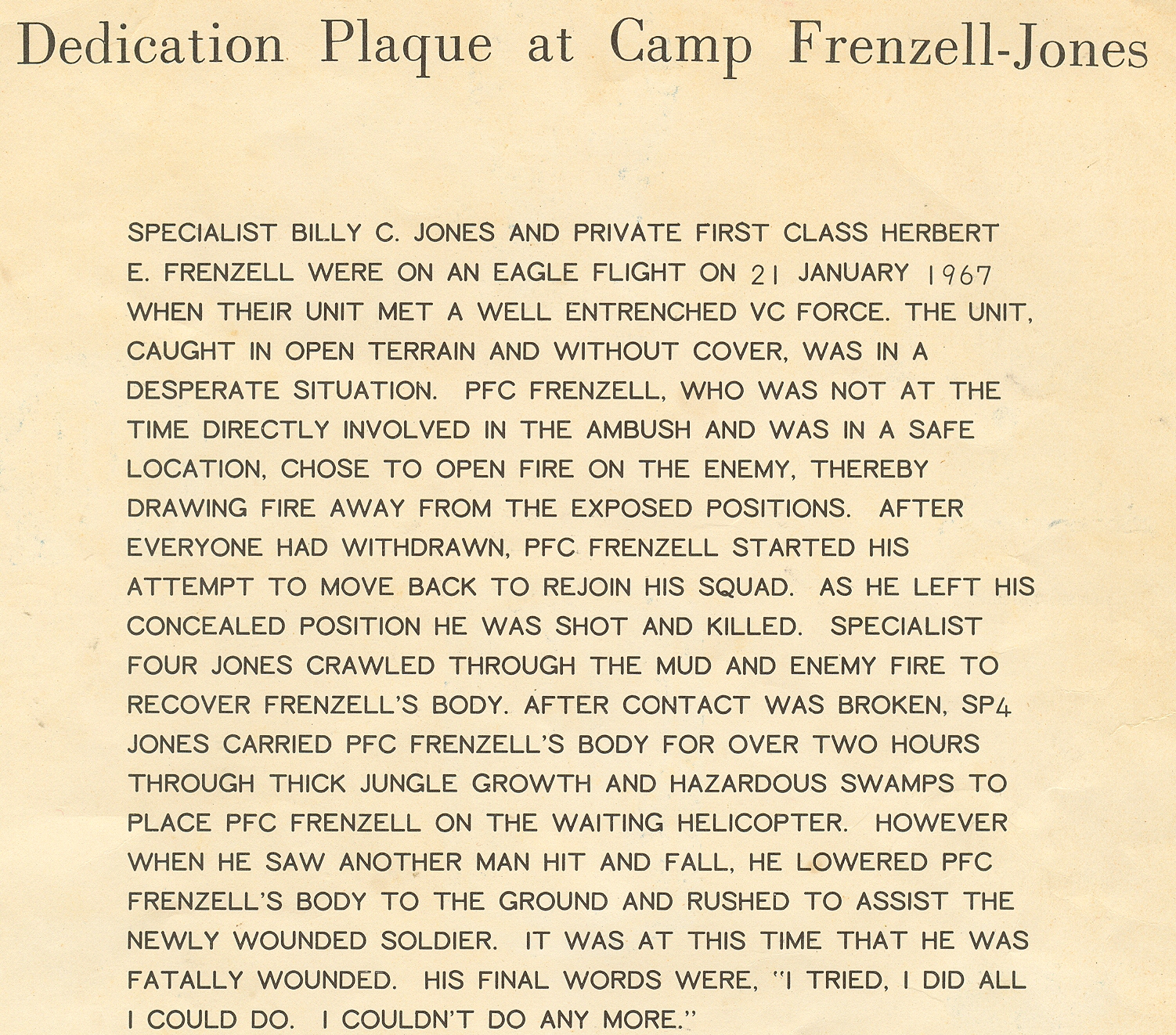
Camp Frenzell-Jones, Long Binh, RVN
1) Camp Frenzell-Jones: 513 Acres.
2) Fixed wing runway: 0 ft. length 0 sq yd.
3) Rotary wing runway: 7,400 sq yd.
4) Helicopter parking pads: 42,326 sq yd.
5) Standard taxiway: 0 sq yd.
6) Fixed wing parking apron: 0 sq yd.
7) Helicopter protective revetments: 29
8) Helicopter refueling points; 0
9) Flight control towers: 0
10) HQ's buildings: 59 (includes Co HQ building)
11) Motor Pool repair shops: 18 buildings, 53 vehicle capacity, 18,291 sq ft.
12) Direct support repair shops: 5 buildings, 20 vehicle capacity, 11,400 sq ft.
13) Warehouse: 2 buildings, 3,740 sq ft.
14) SEA huts (barracks): 67 ea 46,922 sq ft.
15) Wabtocs (barracks): 21 ea 10,752 sq ft.
16) Troop barracks (single story): 4 ea 4,000 sq ft.
17) Troop barracks (two-story): 44 ea 168,960 sq ft.
18) Troop barracks (adam huts): 41 ea 49,200 sq ft.
19) Mess hall: 9 ea 60,204 sq ft.
20) Latrines: 74
21) Showers: 67
22) Water Towers: 105 ea 152,255 gal total.
23) Admin and Supply buildings: 52 ea 55,333 sq ft.
24) BOQ's: 34 ea 30,532 sq ft.
25) Senior Officer Quarters: 4 ea 2,511 sq ft.
26) Chapels: 1
27) Fire Station: 1
28) Power generators (non TO&E): 2 power total out-put 10OKW.
29) Wells: 2 ea 97,680 gal pumping capability per-day 10,500 gal ea 2 storage tanks.
30) Photo Lab: 1,480 sq ft.
31) Miniature Golf Course: 1
32) Mars Station: 1 ea 384 sq ft.
33) Library: 1 ea 960 sq ft.
34) Museum: 1 ea 1,000 sq ft.
35) Clubs (Officer, NCO & EM): 4 ea 18,429 sq ft.
36) Dog Kennel: 1 ea 5,440 sq ft.
37) Medical Dispensary: 1 ea 2,000 sq ft.
38) PX & Concessions: 8 buildings 10,937 sq ft.
39) Post Office: 2,000 sq ft.
40) Swimming Pool: 5,904 gal.
(Information taken from Operation Keystone Robin After-Action Report, HHC-199th LIB, October, 1970).
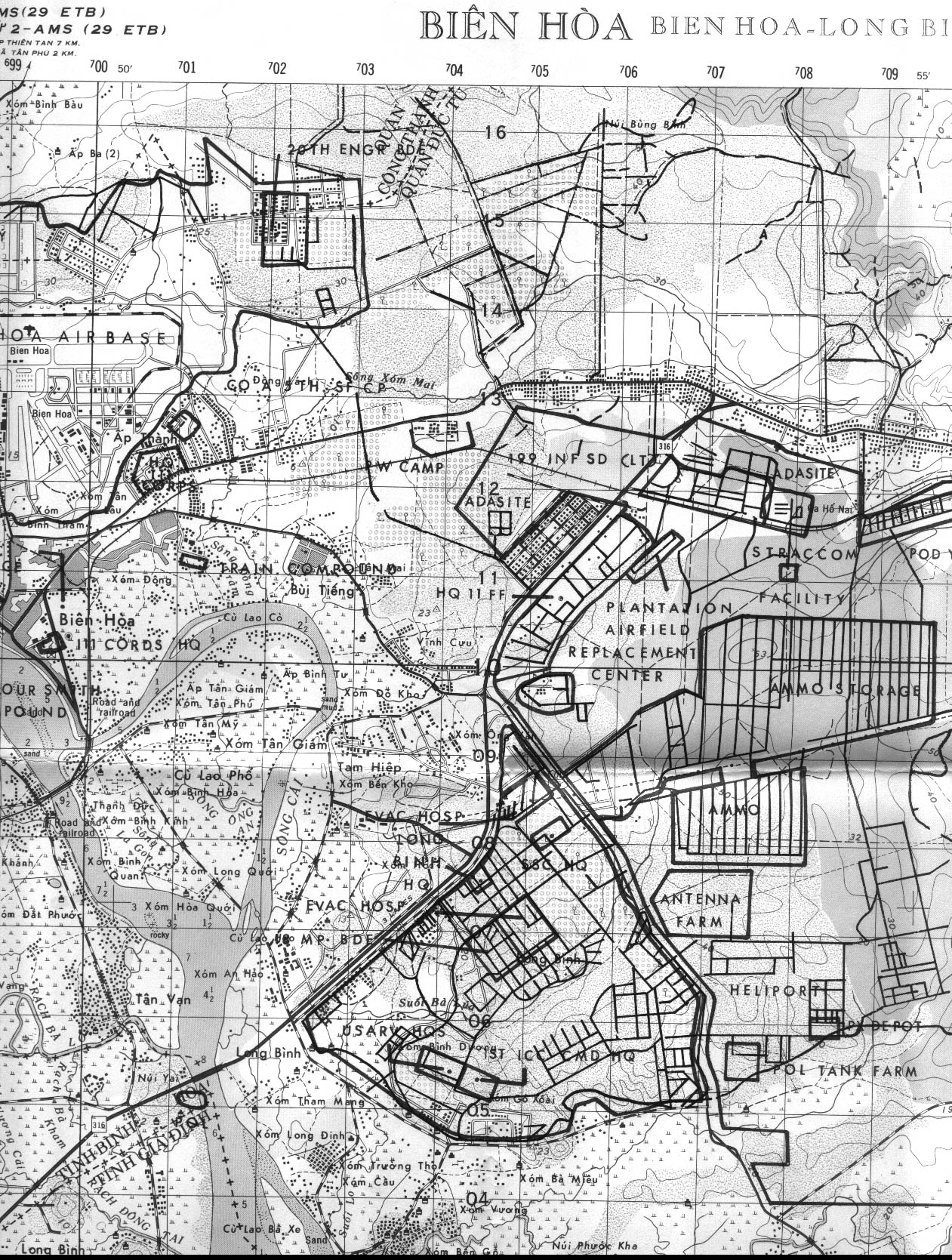
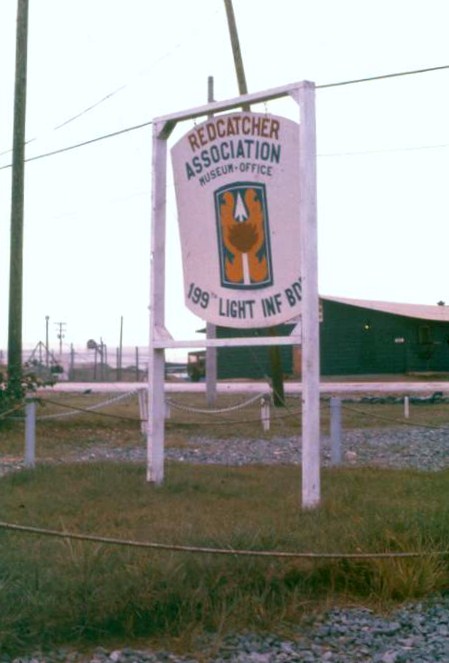
DEPARTMENT OF THE ARMY
HEADQUARTERS UNITED STATES ARMY INFANTRY CENTER
FORT BENNING, GEORGIA 31905
10 September 1970
SUBJECT: Establishment of 199th Infantry Brigade Exhibit at Infantry Museum
Redcatcher Association
ATTN: LTC W. G. Bacon, President
199th Infantry Brigade (Sep) (Lt)
San Francisco, California 96279
1. Reference: Letter AVBH RCA, Subject: Establishment of 199th
Infantry Brigade (Sep) (Lt) Memorial and War Trophy Collection at
Fort Benning, Georgia, dated 16 August 1970.
2. Fort Benning certainly appreciates your offer of captured war trophies for display in the Infantry Museum. However, the limited space in the Museum and the many like items already on hand preclude our acceptance of your materials if you require that your collection remain intact and be permanently displayed. Many units in Vietnam are deactivating and making similar offers to the Museum. Each offers the same materials, most of which duplicate items already in the Museum's
collection.
3. The Infantry Museum does need some of the items you are offering. These would be incorporated into existing exhibits dealing with Communist forces in Vietnam. Appropriate recognition would be given for anything the 199th Brigade should donate, the same as is given to other Infantry units.
4. The Infantry Museum would like to receive the materials in group "g" and the 122mm Rocket Launcher in group "f" from the inventory list you sent us. I suggest that the Office of the Chief of Military History, Department of the Army, be contacted for disposition instructions for the other items, as required by AR 870-5, para 11-8.
5. Another means of memorializing the 199th Brigade would be an exhibit of your lineage, honors, colors, patches, and unit distinctive insignia.
AJIGT-OM IC September 1970
SUBJECT: Establishment of 199th Infantry Brigade Exhibit at Infantry Museum with appropriate historical text and photographs. Such an exhibit would be similar to exhibits planned for other Infantry units and would be welcomed by the Museum.
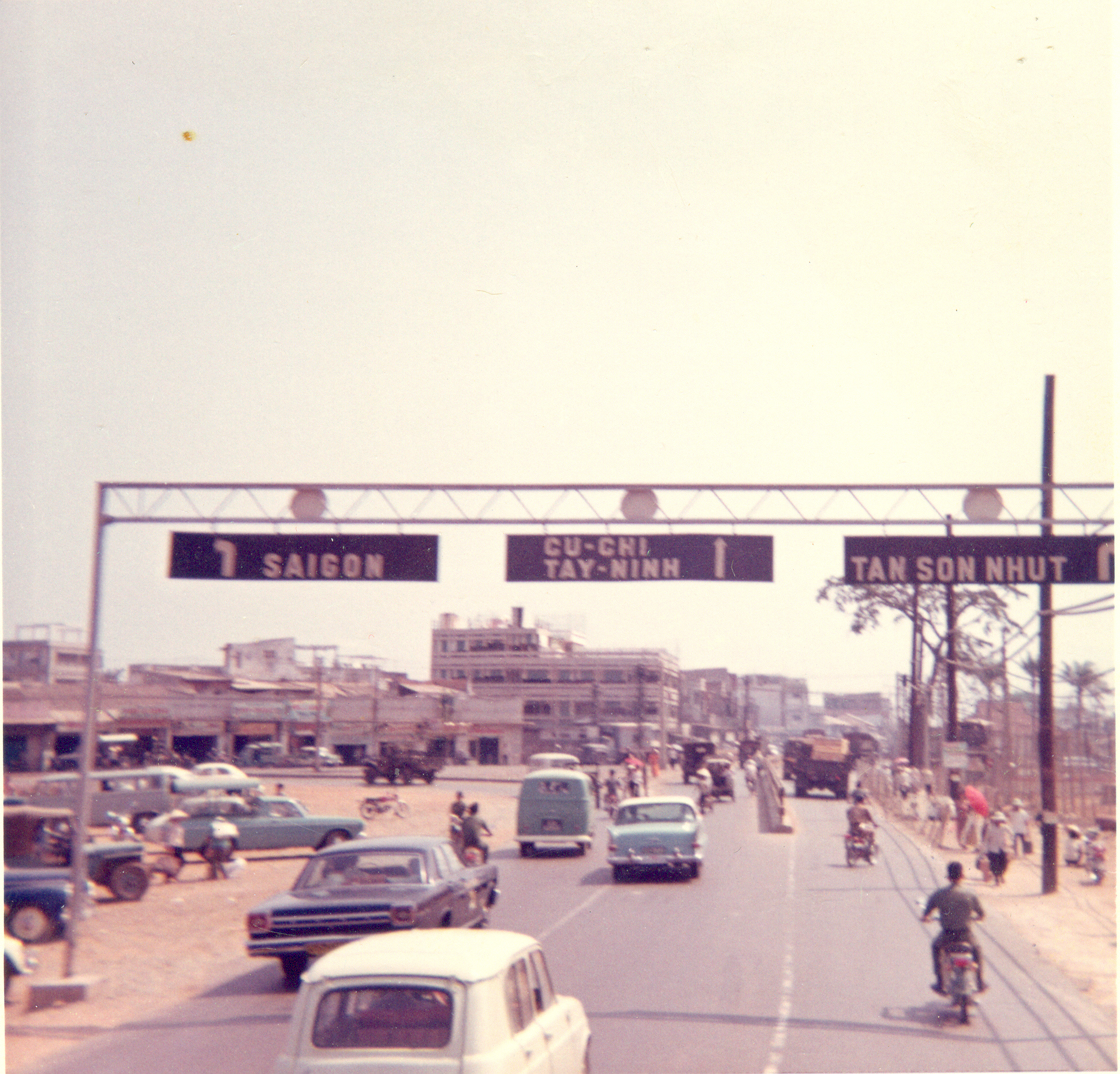
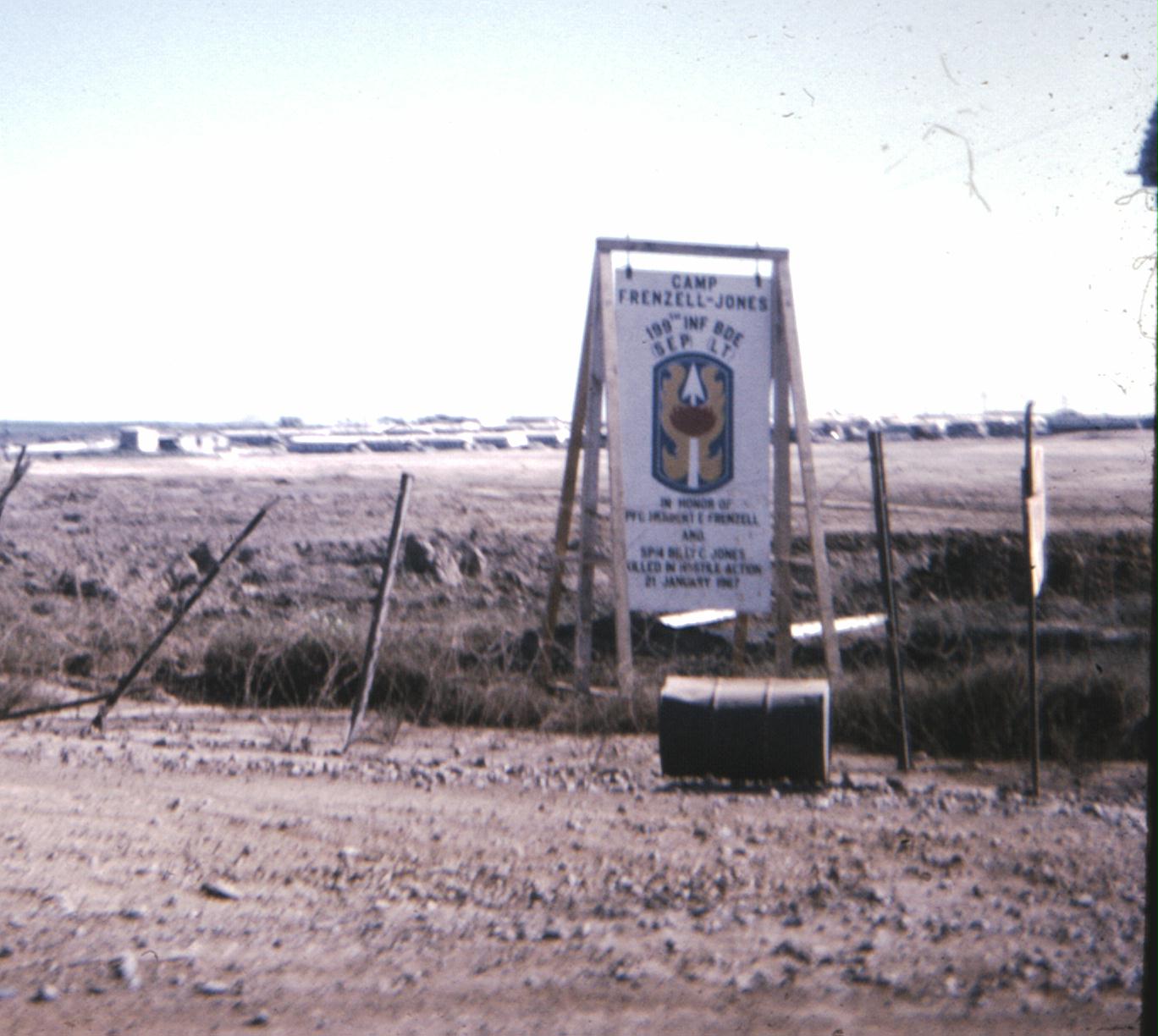
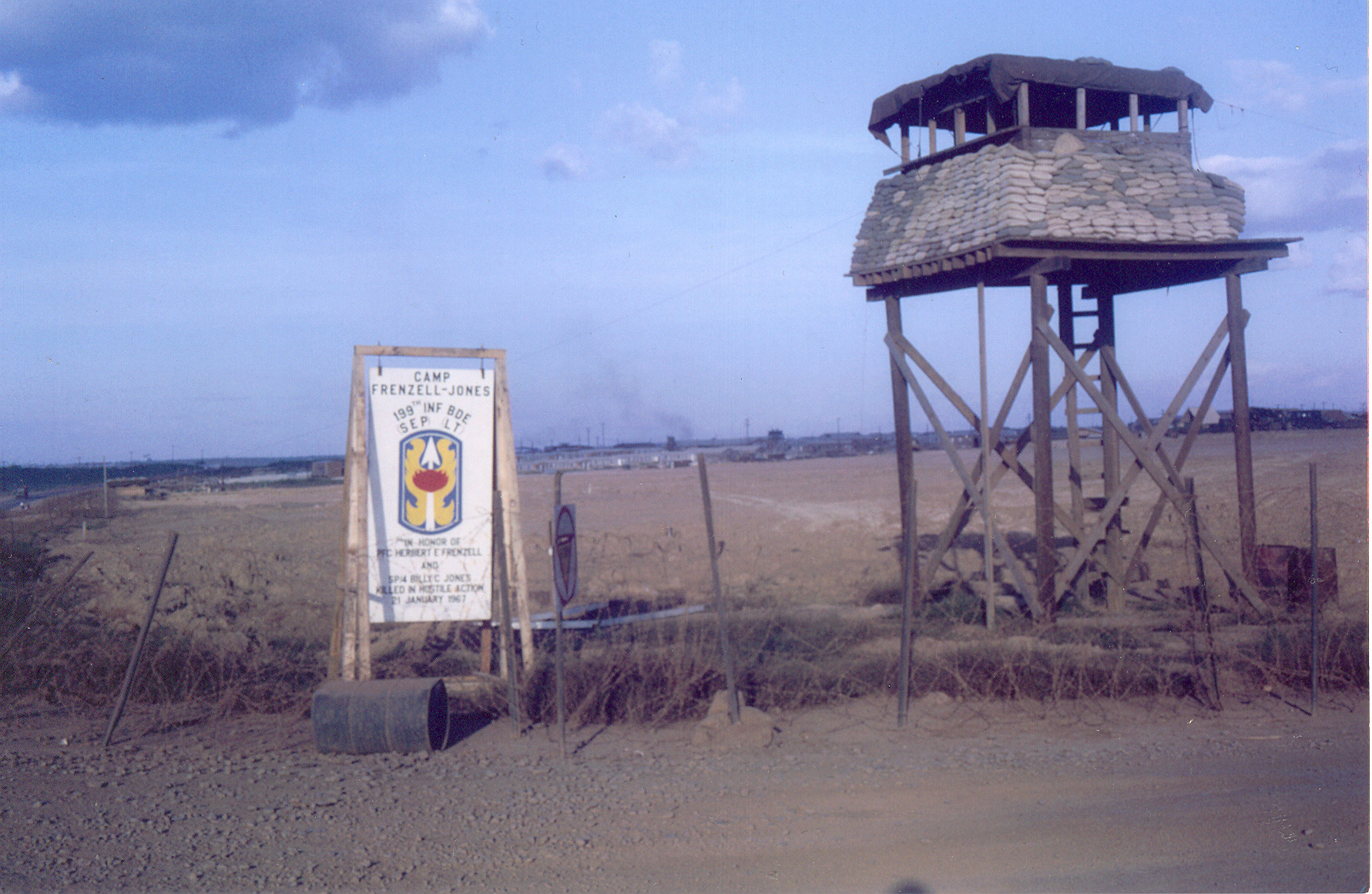
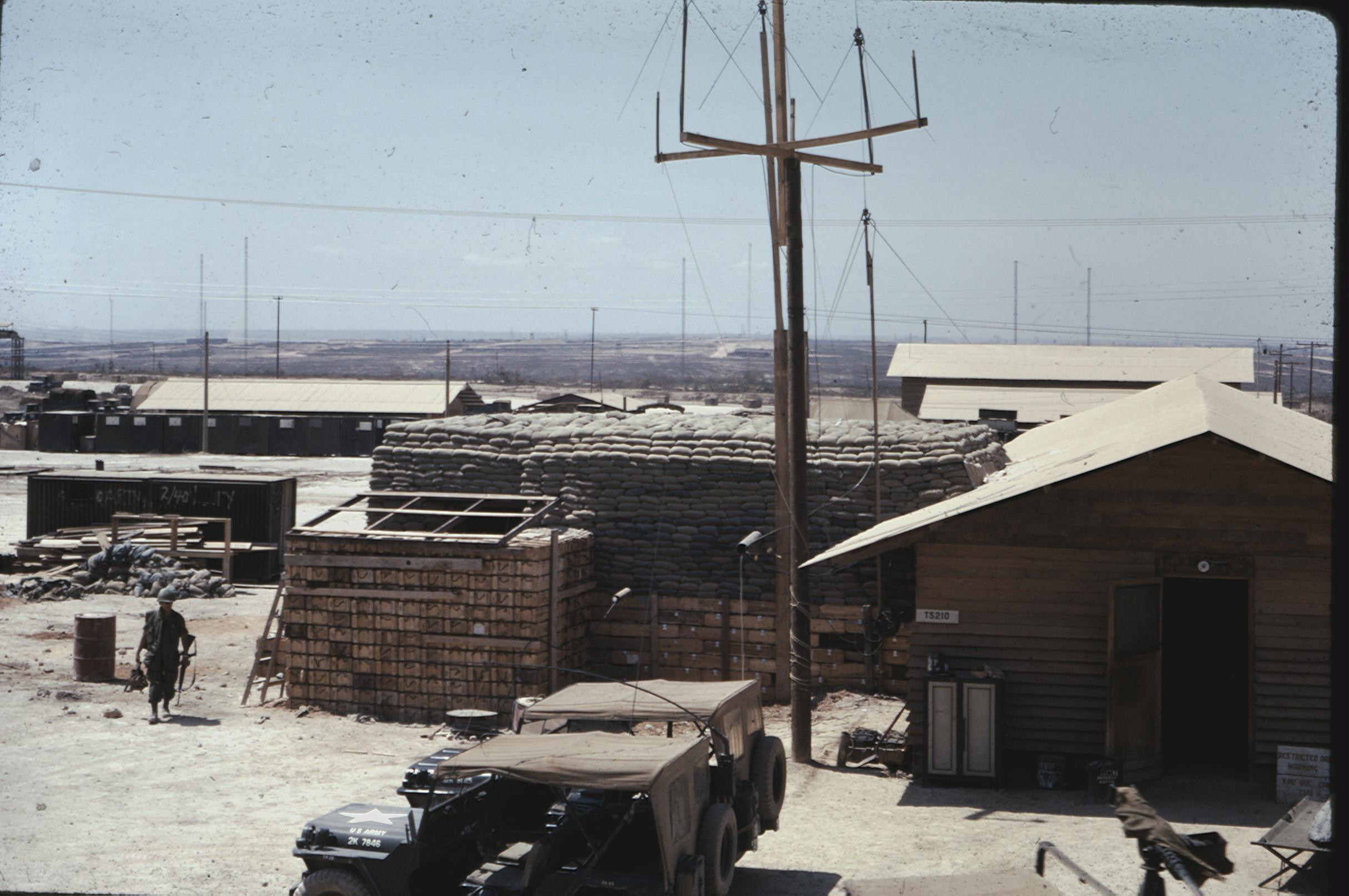
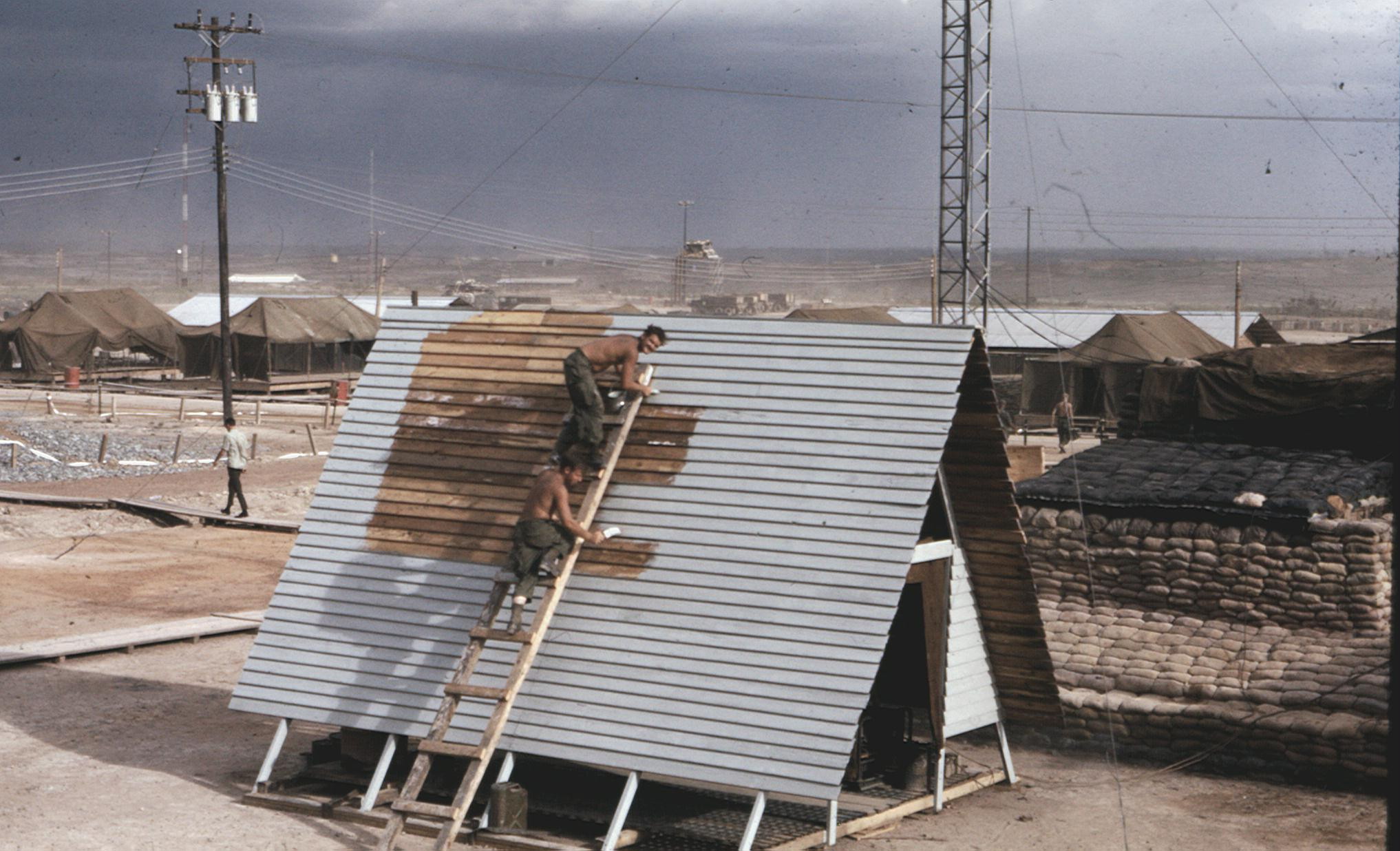
By January of 1970, Camp Frenzell-Jones had grown from a sprawling "Tent City" into a meduim sized base-camp that consisted of nearly 500 structures on over 500 acres. The vast majority of this work had been done by the Brigade's 87th Engineer Company.
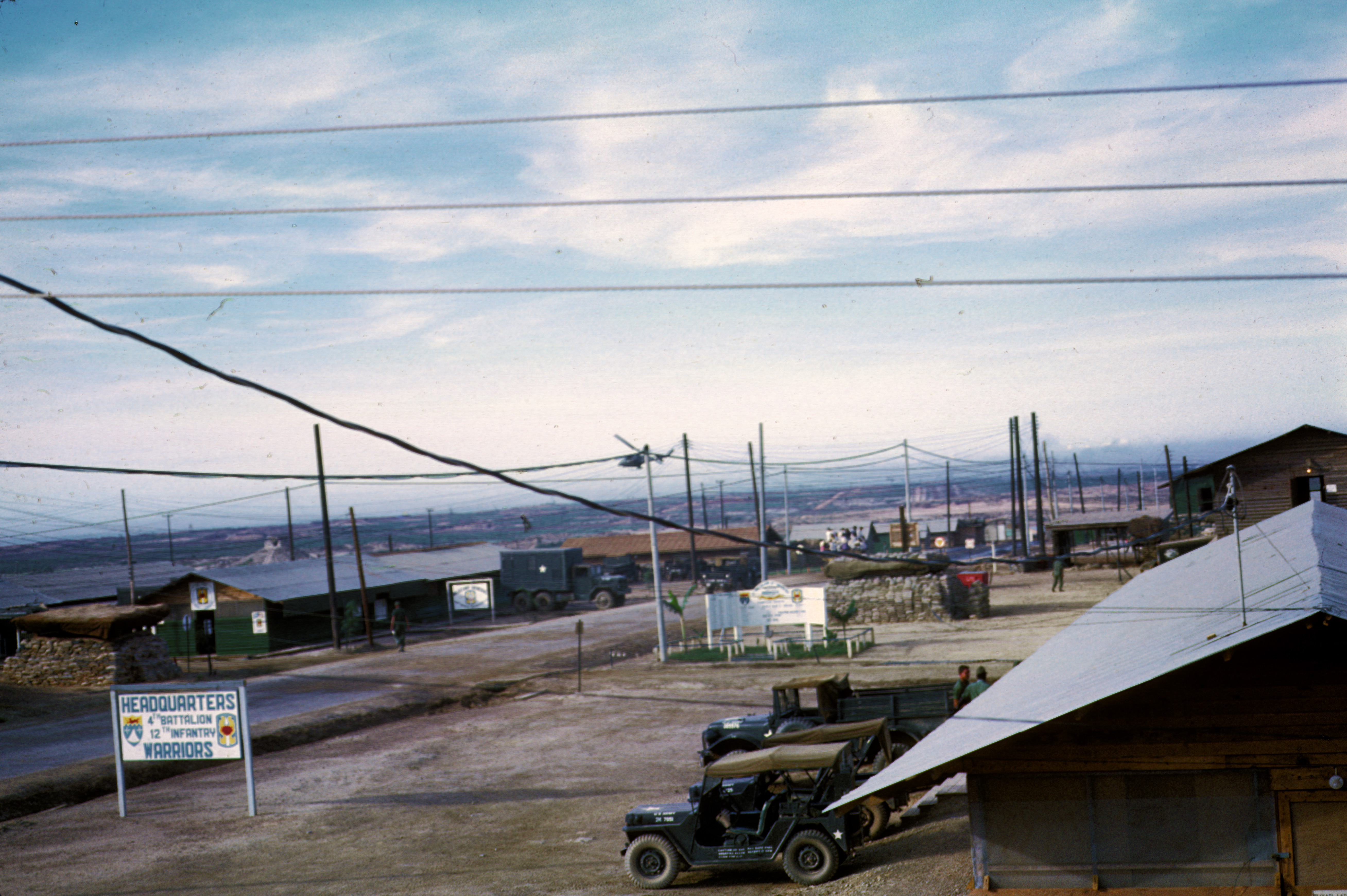
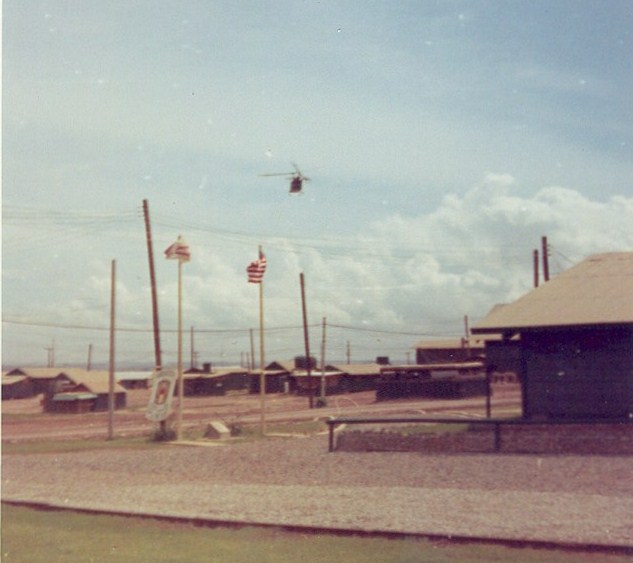
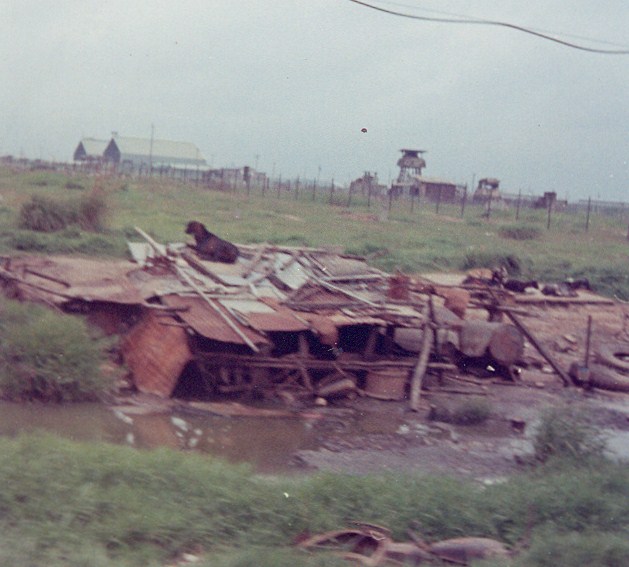
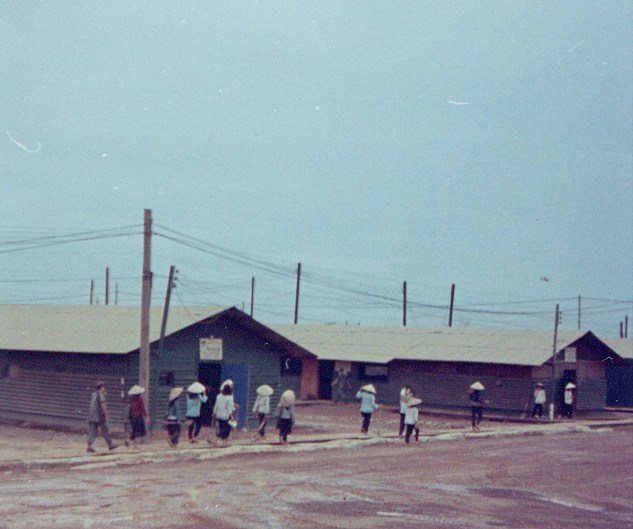
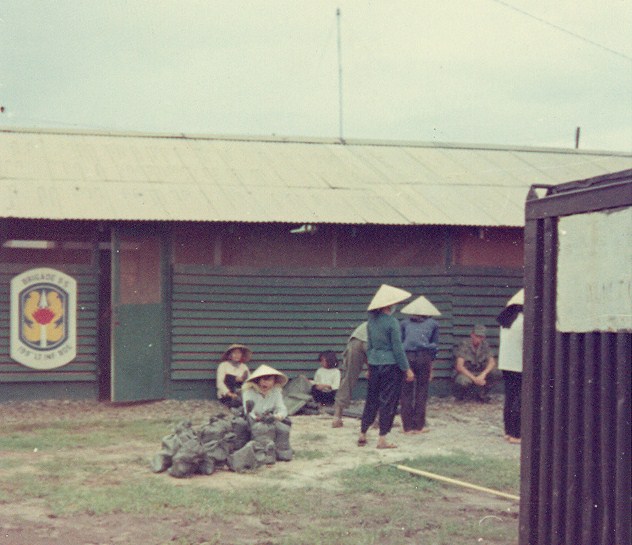
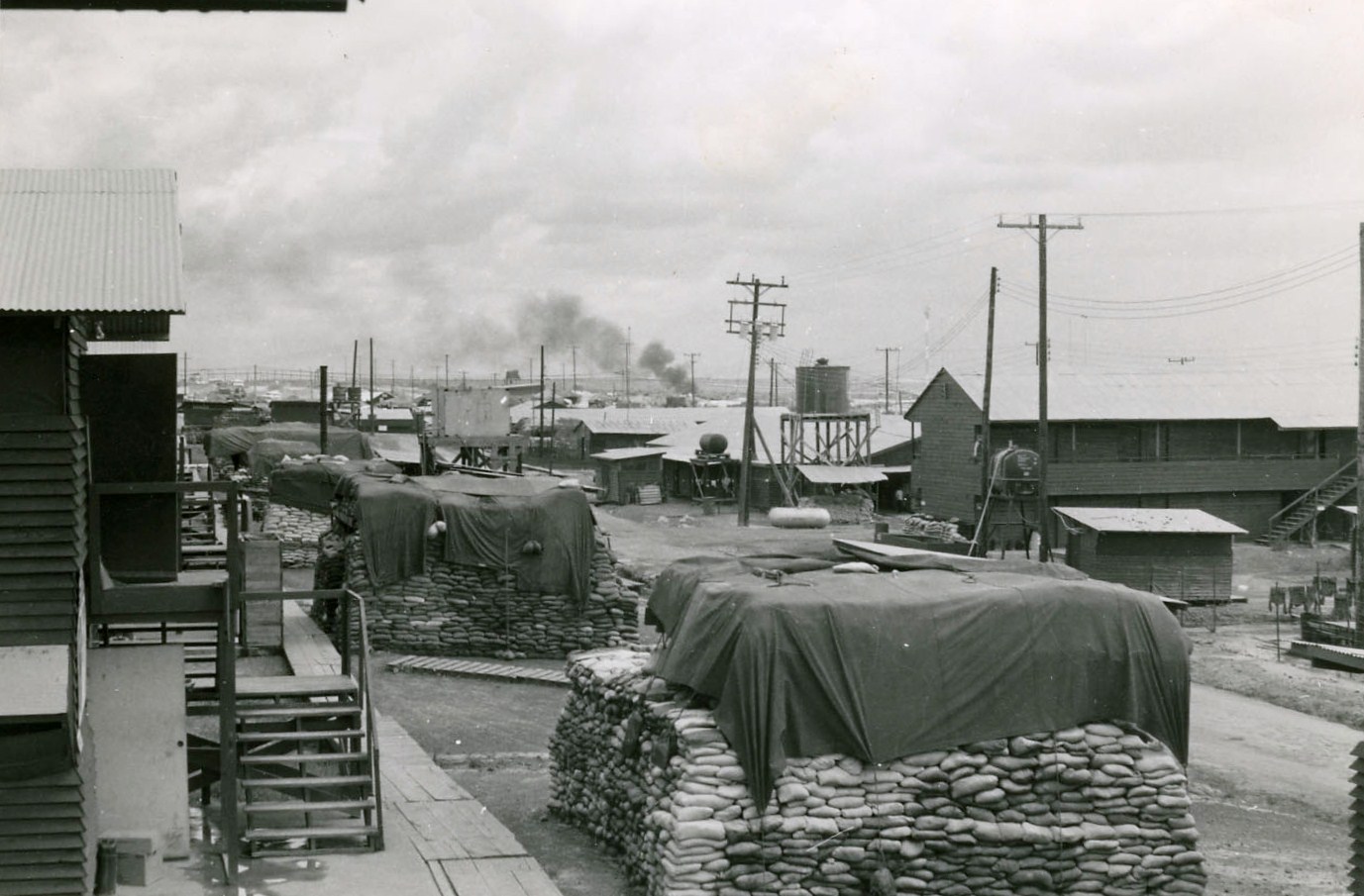
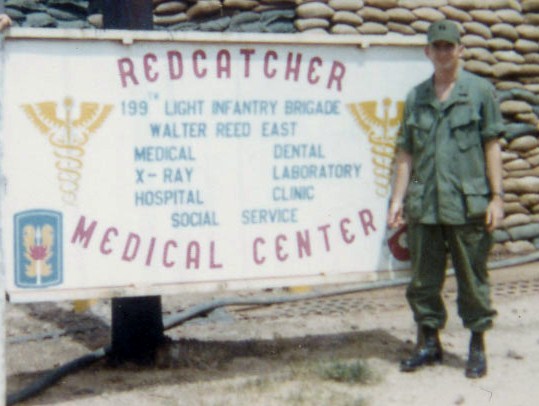
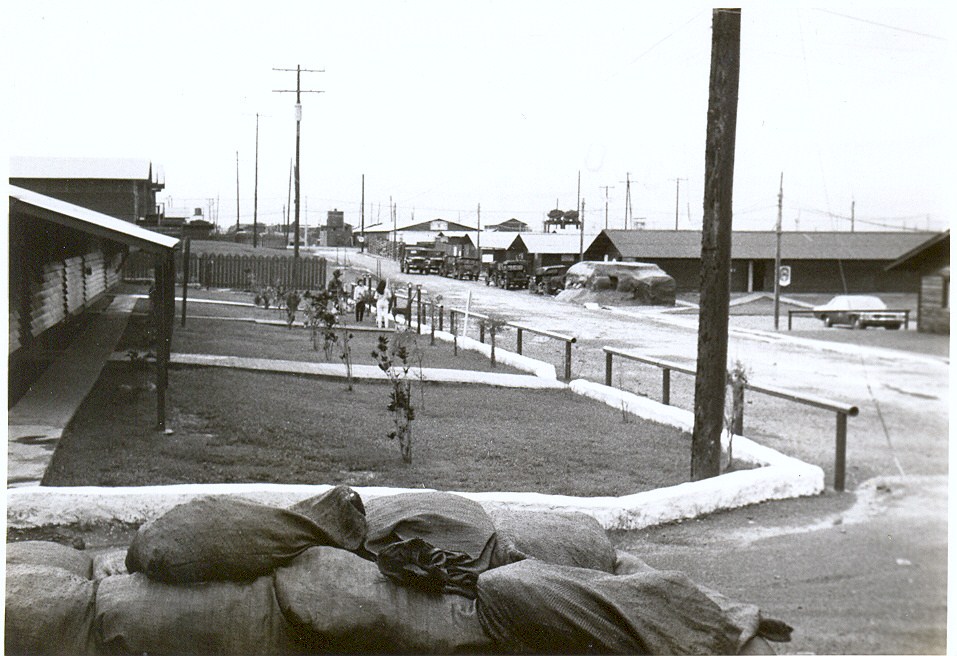
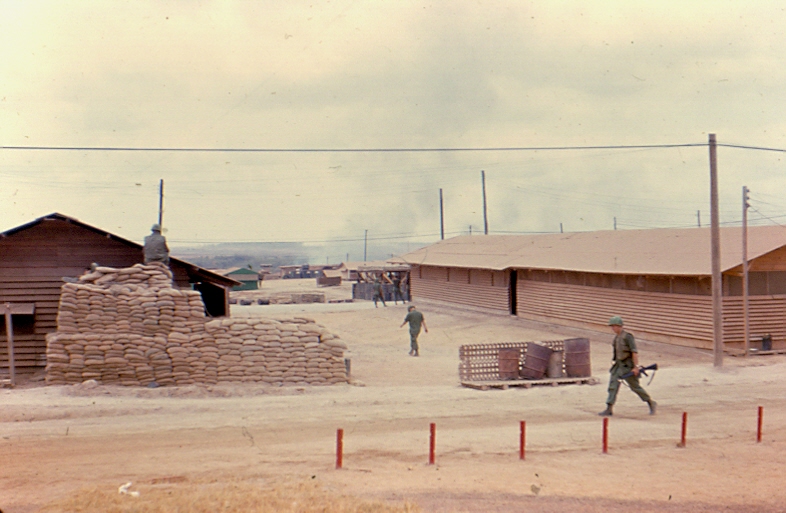
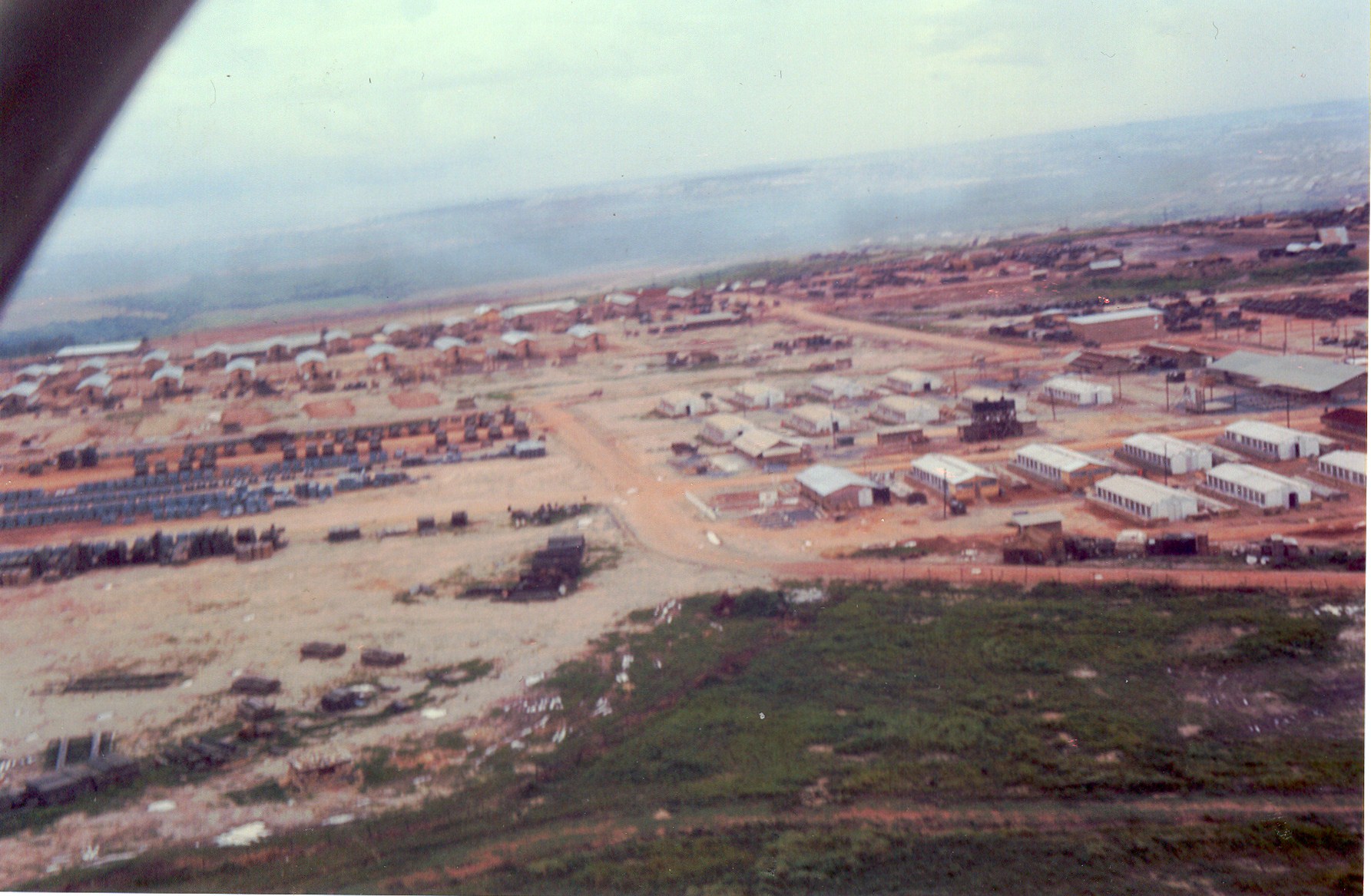
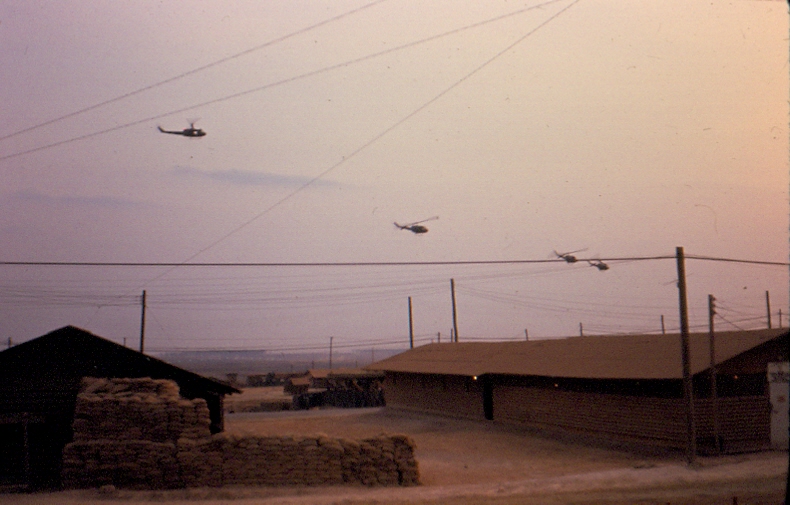
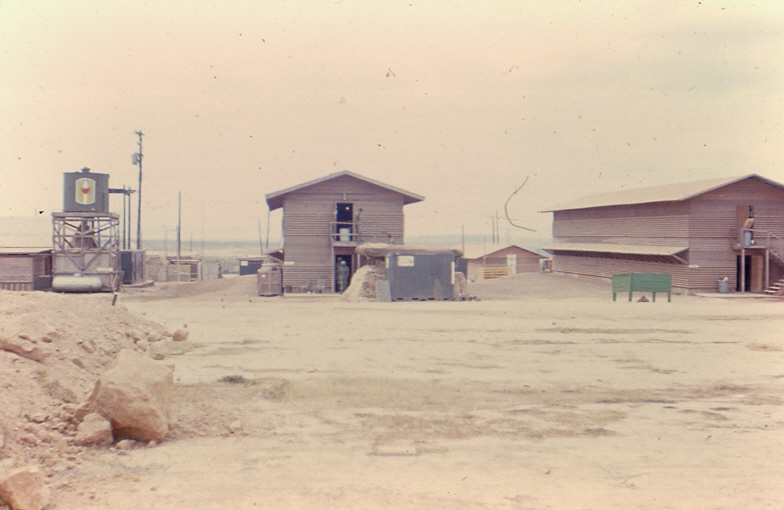
(Chris Poirier)
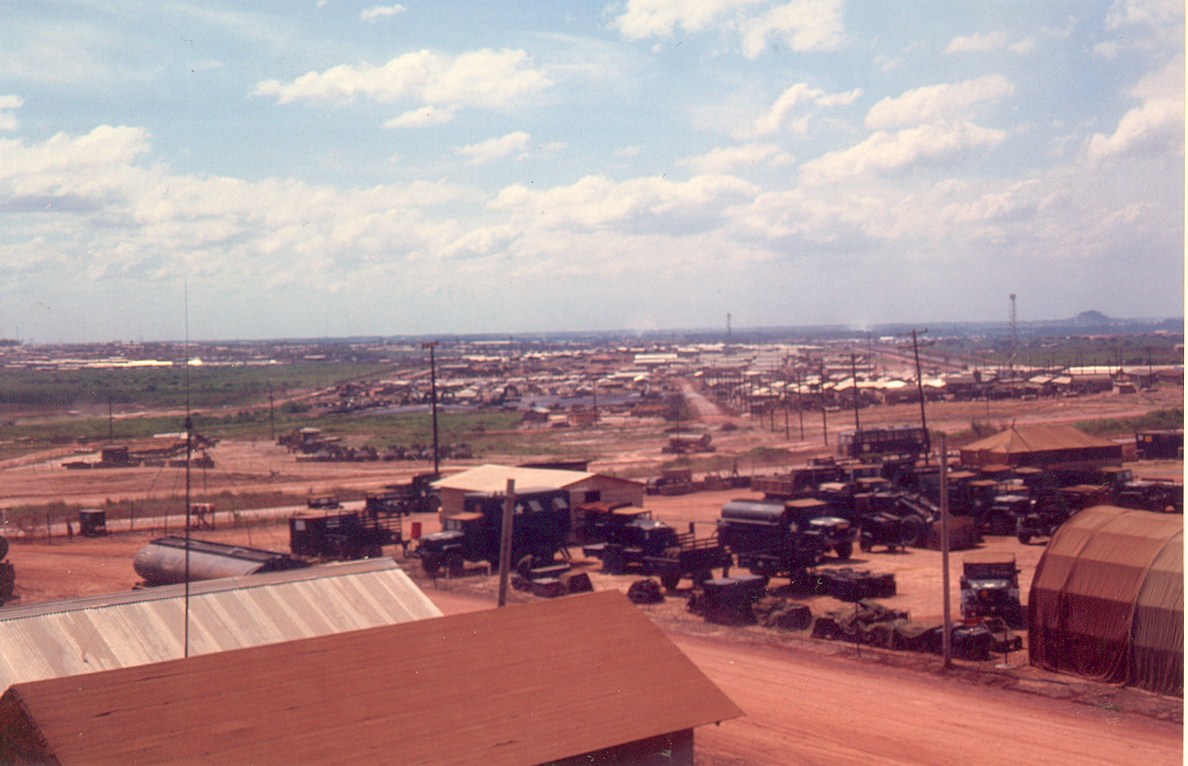
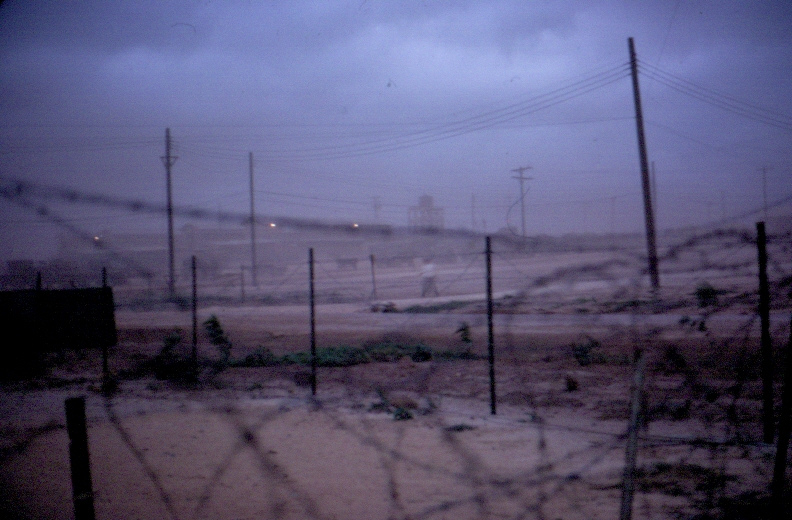
(Chris Poirier)
_edited-1.jpg?1420900035568)
The series of images (above and below) are of the effects of 7-10 Russian 107mm and 122mm rockets that were walked into Camp Frenzell-Jones in mid January, 1970. Several men were seriously injured during the attack. SP4 Mycol Winston
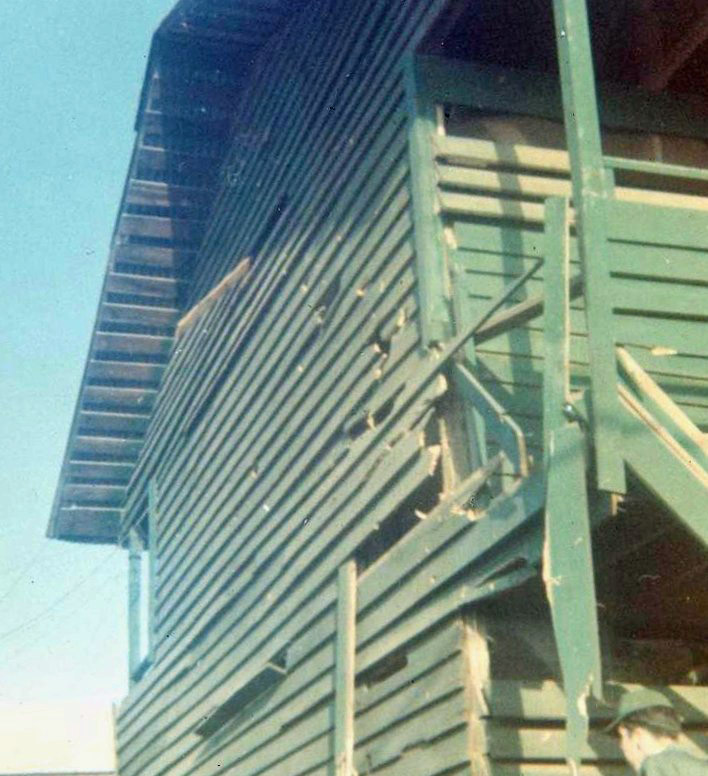
SP4 Mycol Winston (Above and Below)
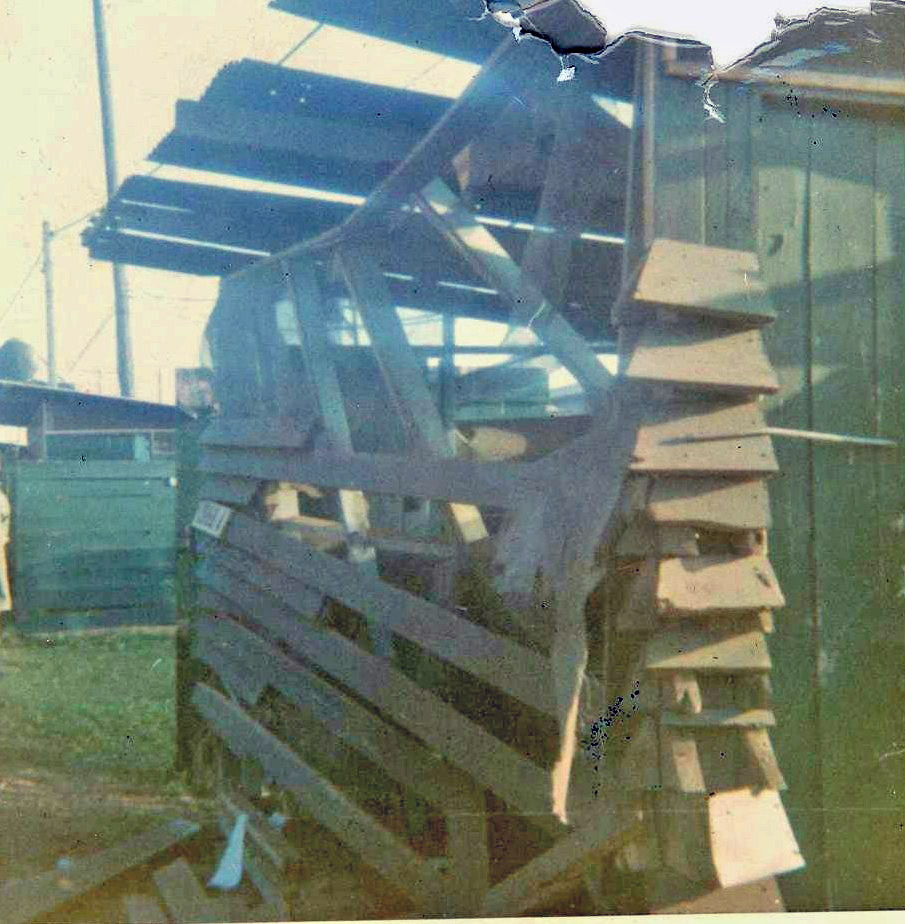
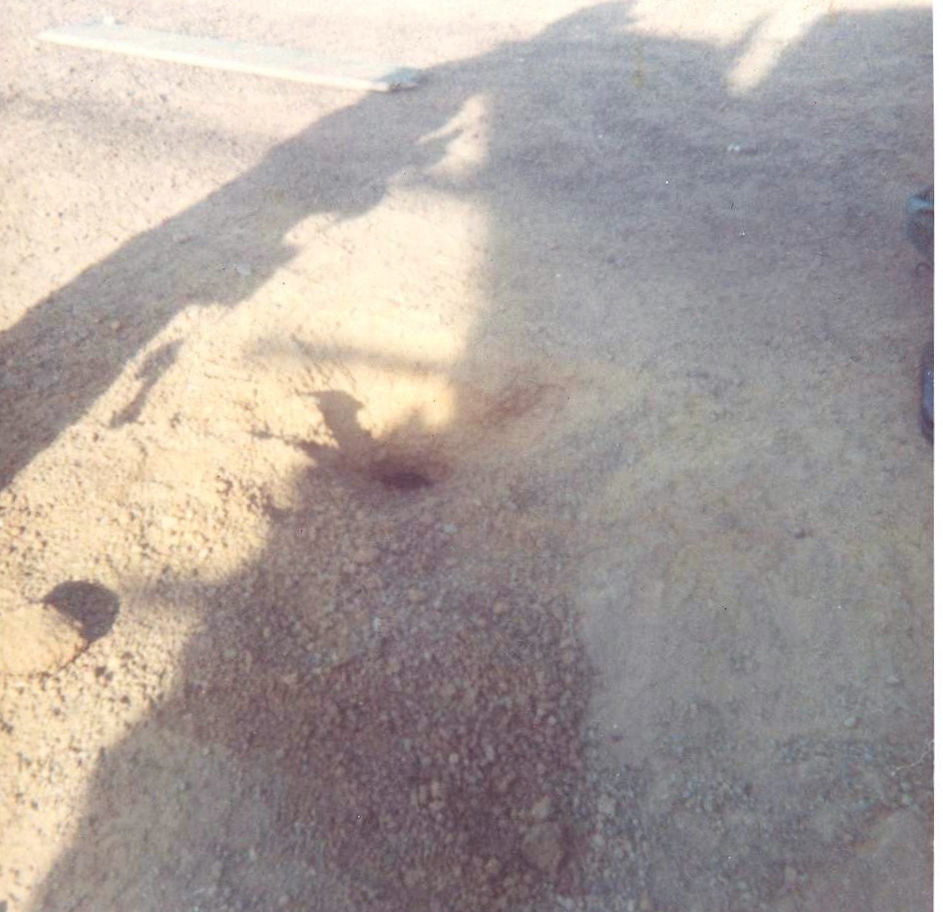
SP4 Mycol Winston
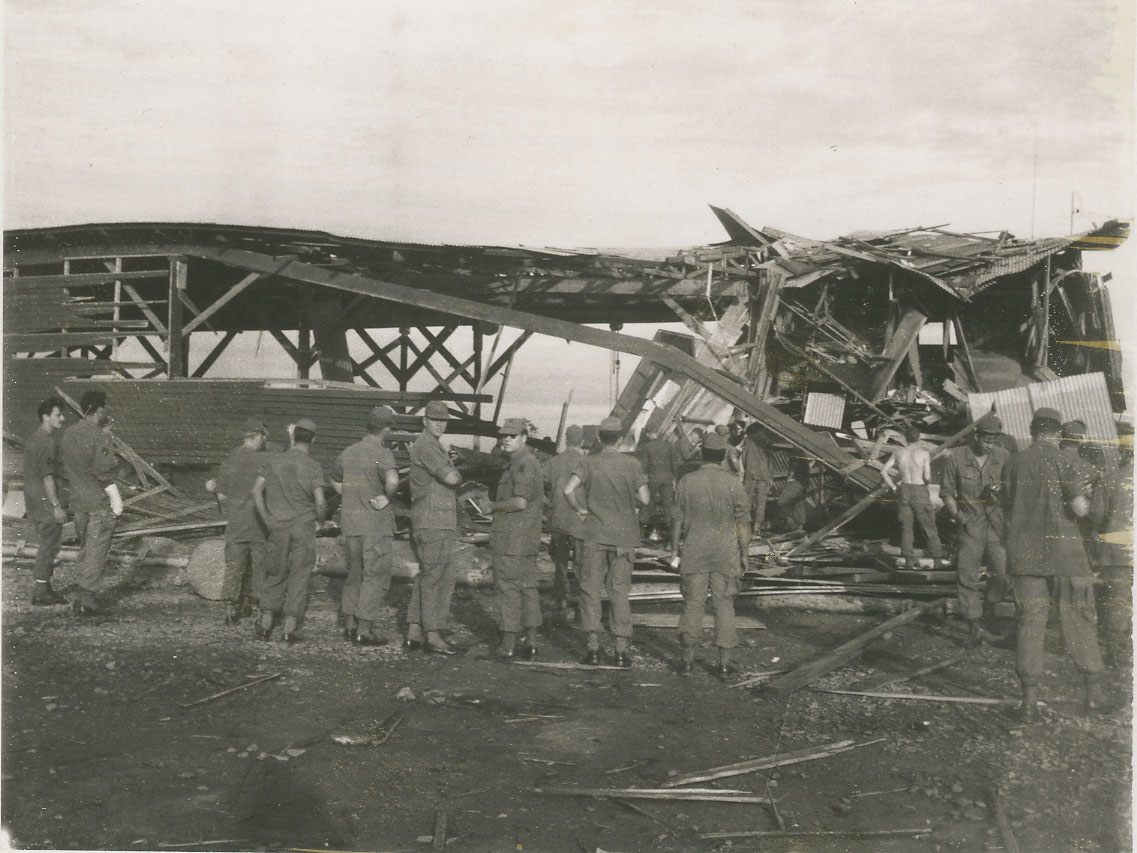
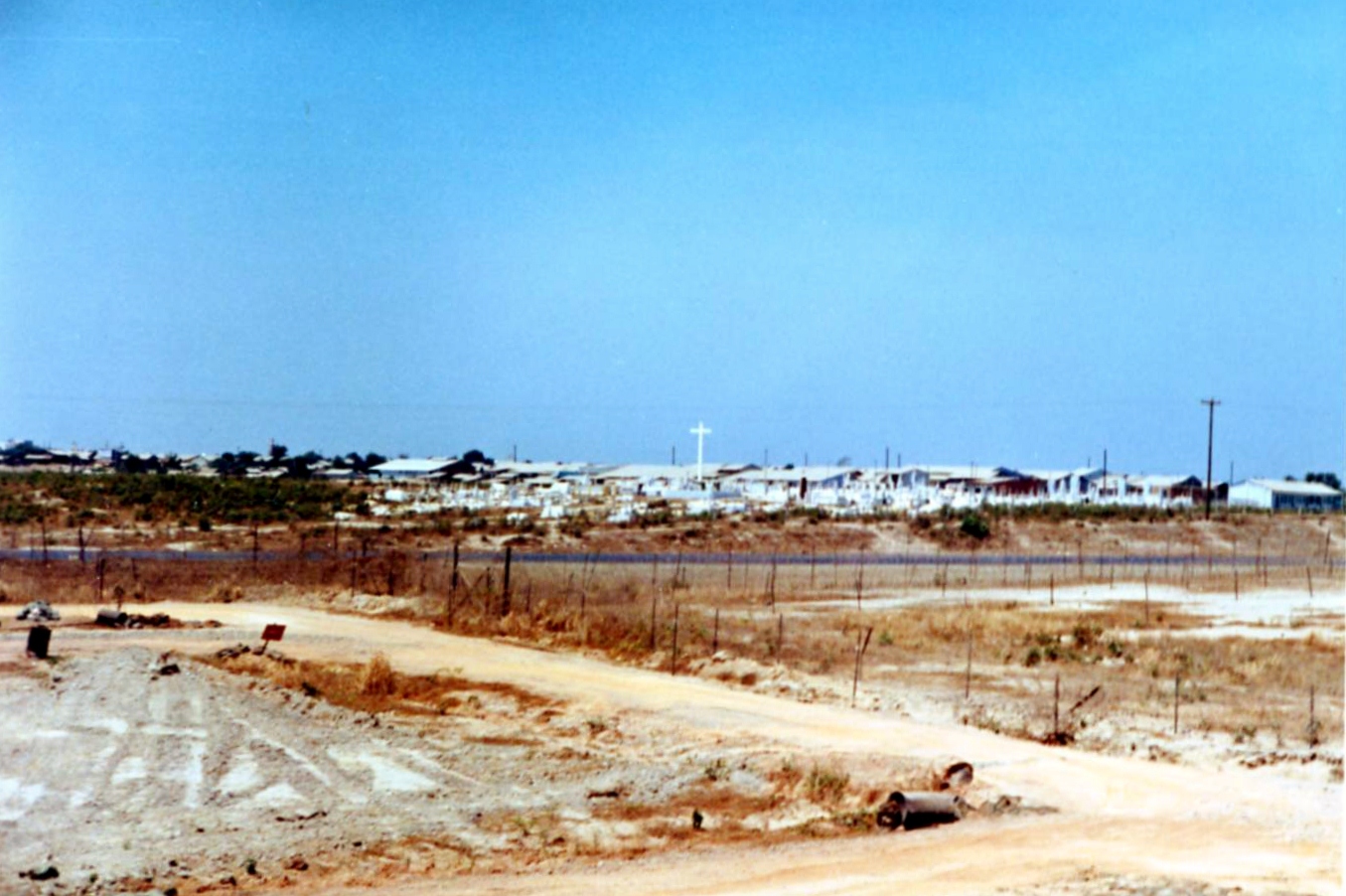
Tom Hain (Above and below)
Looking across Highway 1 from the bunker line at BMB into the Catholic Cemetery at Ho Nai Village. Note the huge white cross in the foreground.
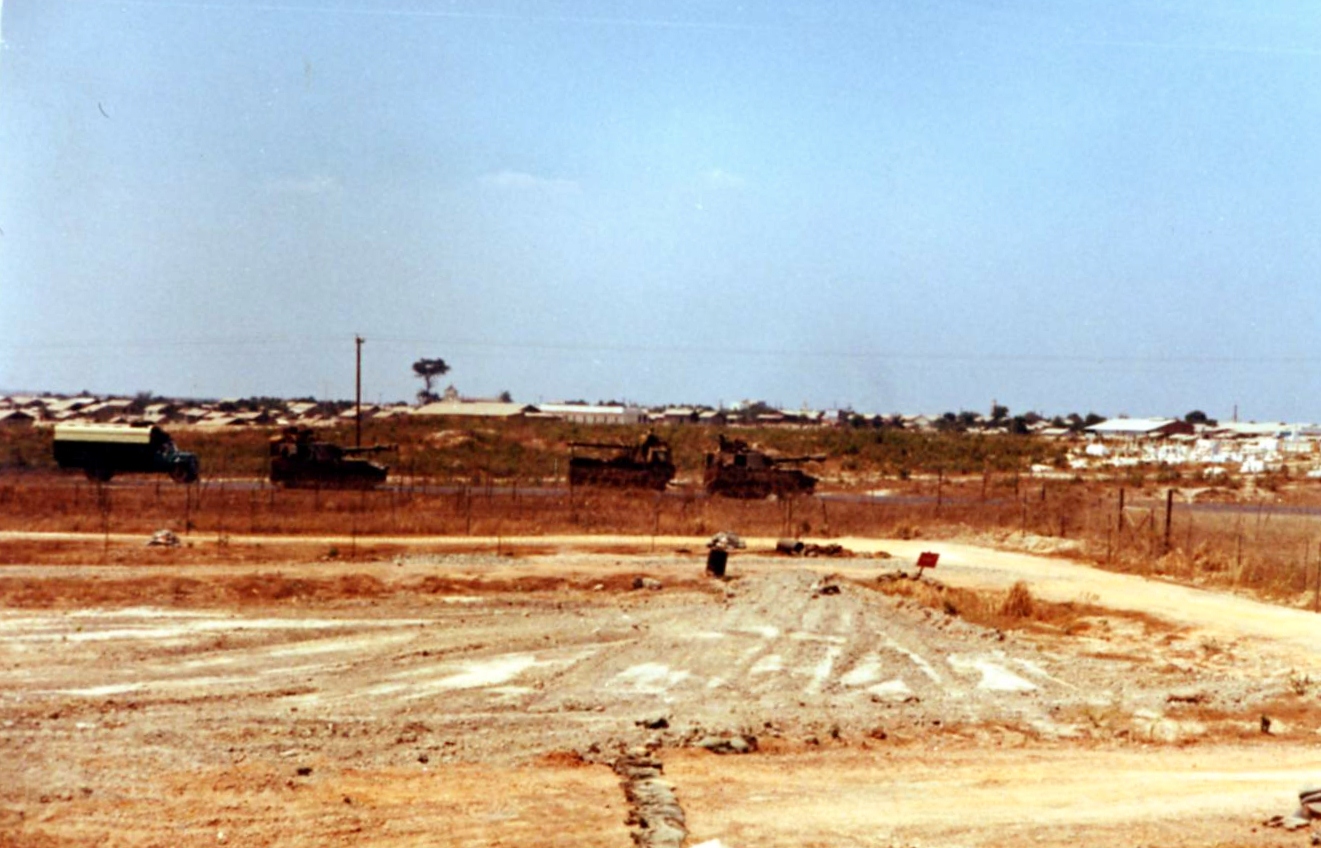
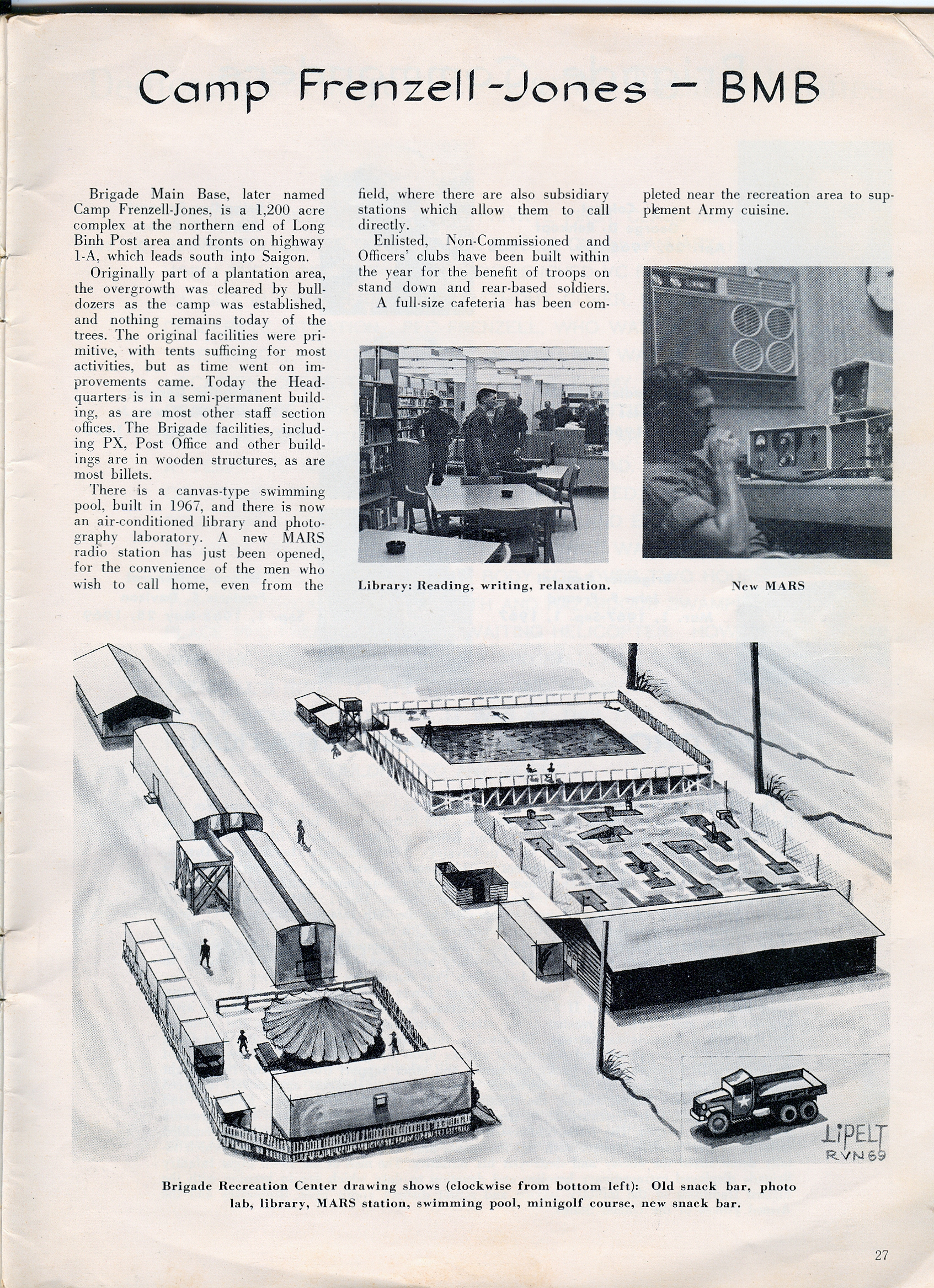
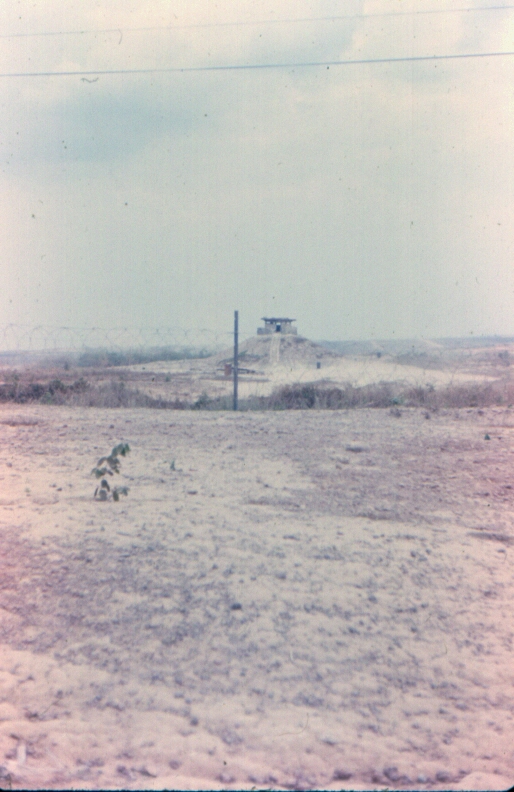
(Chris Poirier)
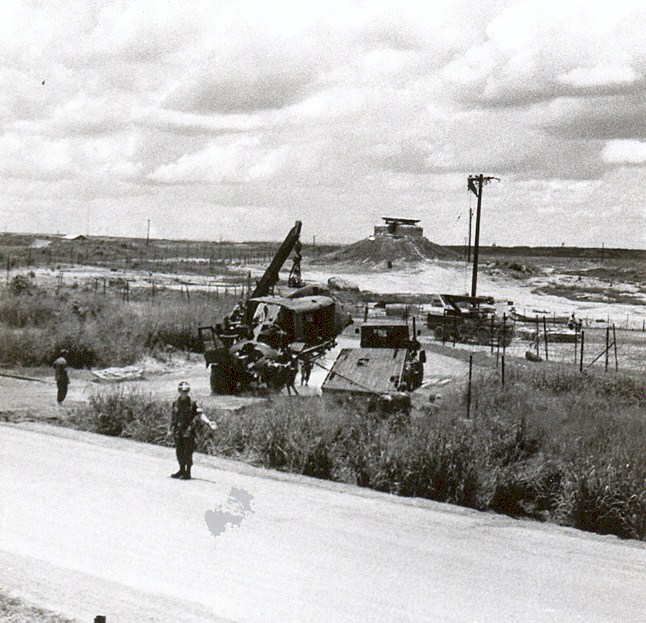
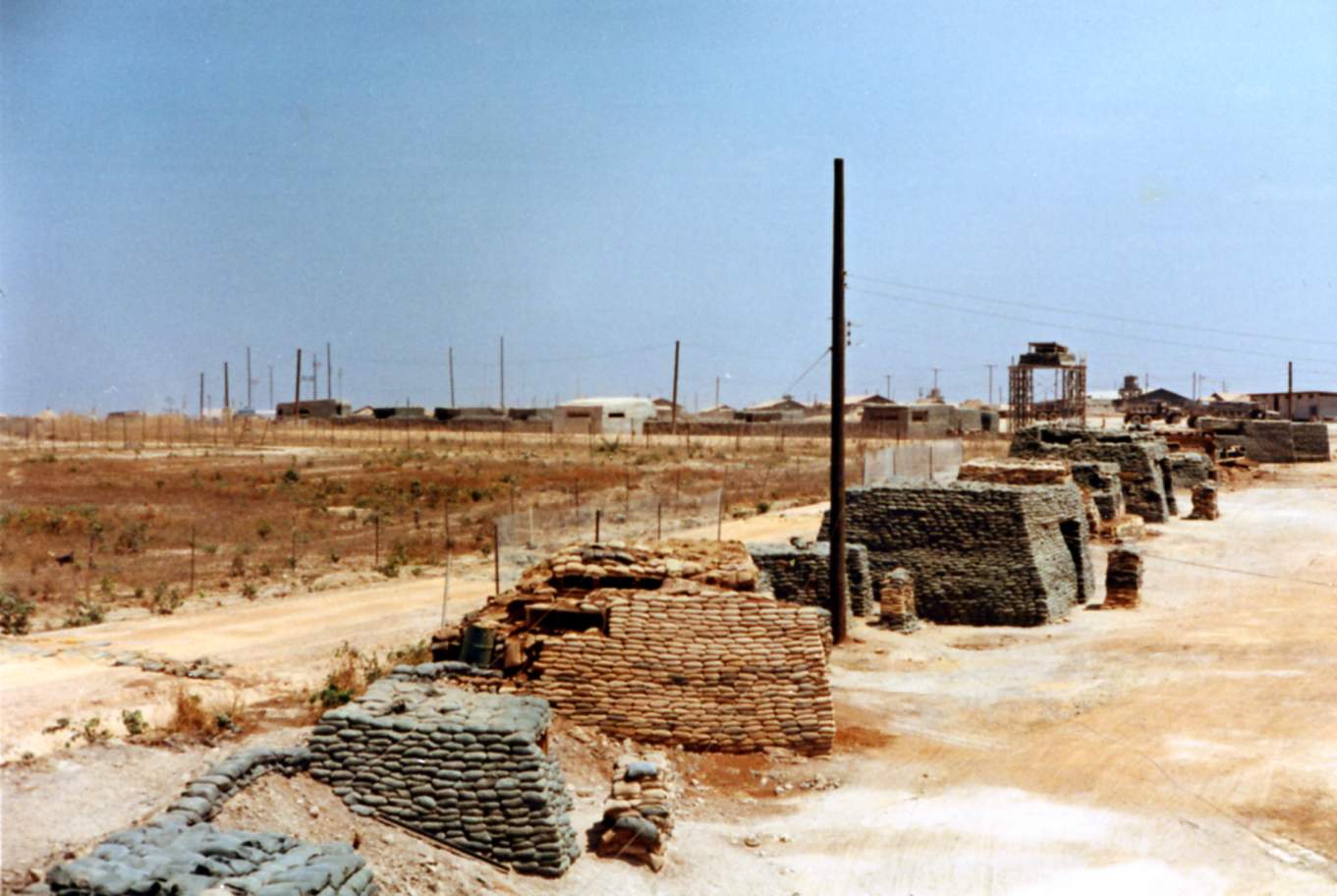
Tom Hain
Bunker line at BMB facing Highway 1 and Ho Nai Village.
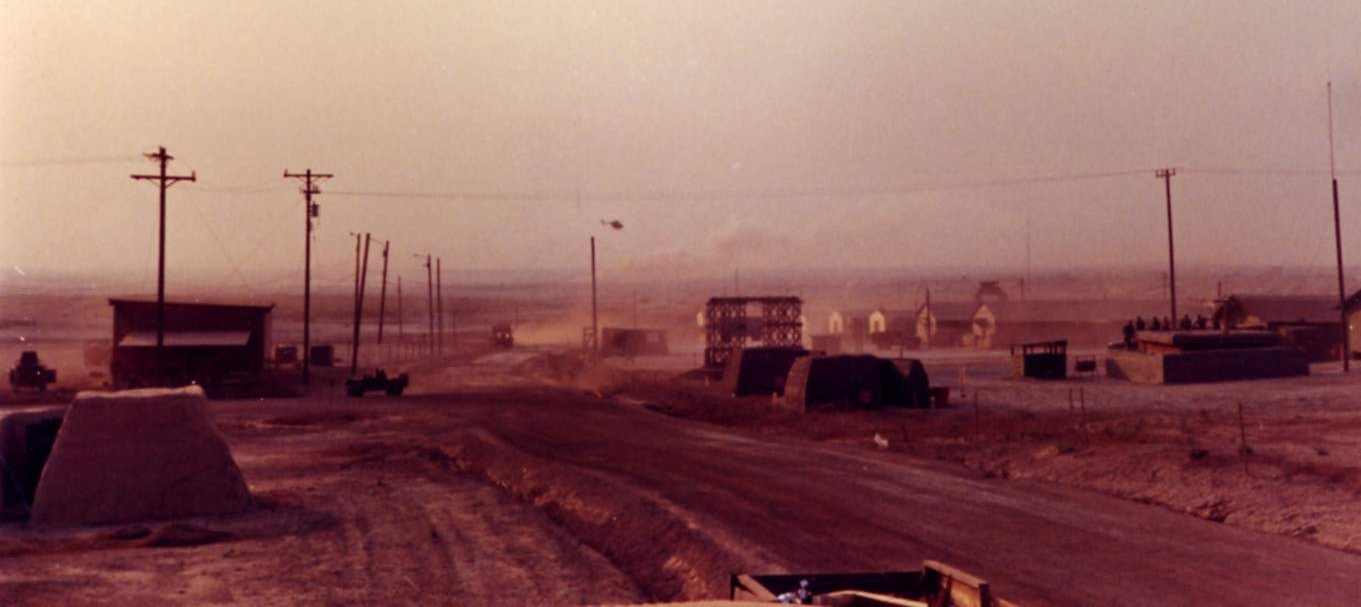
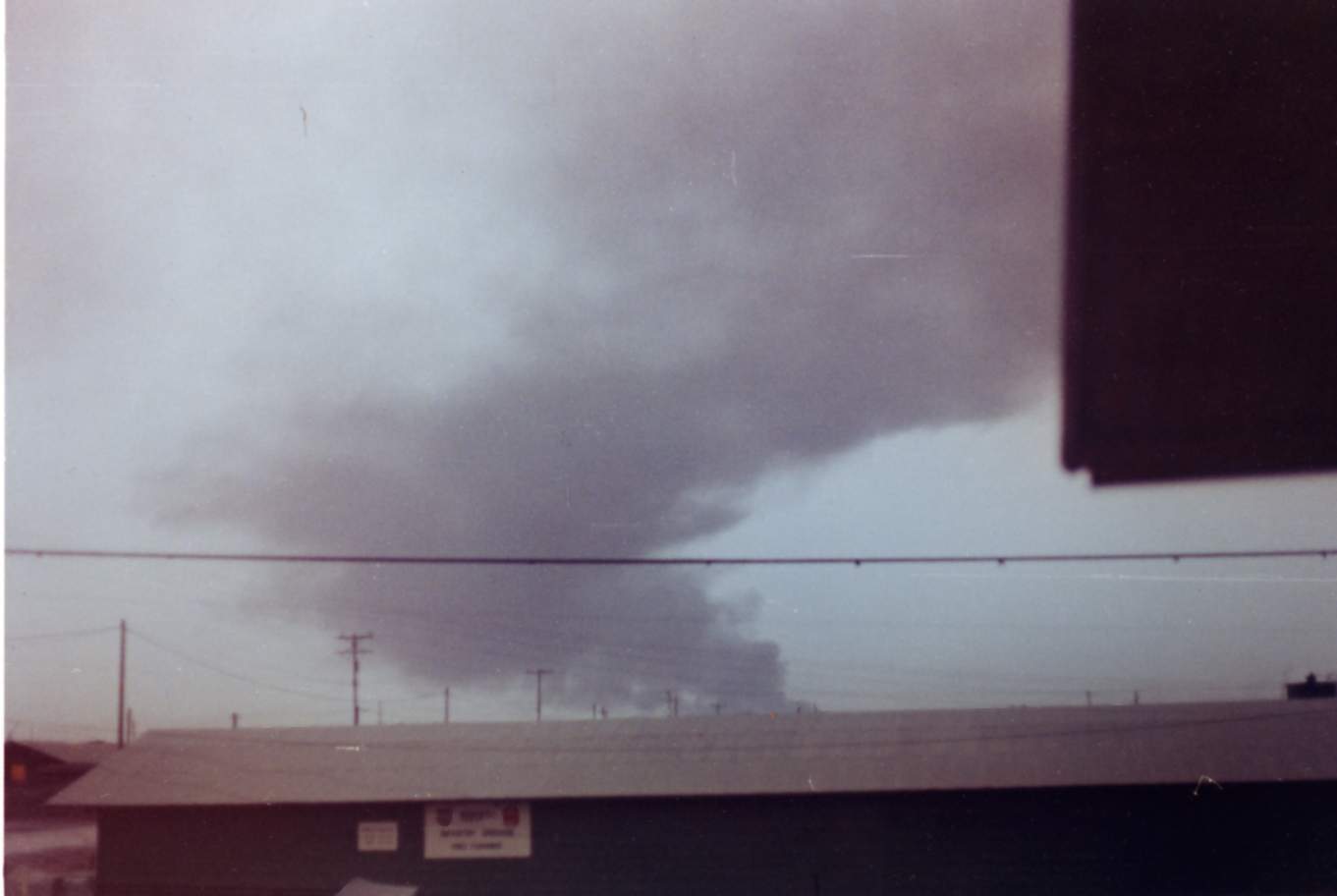
Tom Hain
BMB looking towards ammo dump after rocket attack.
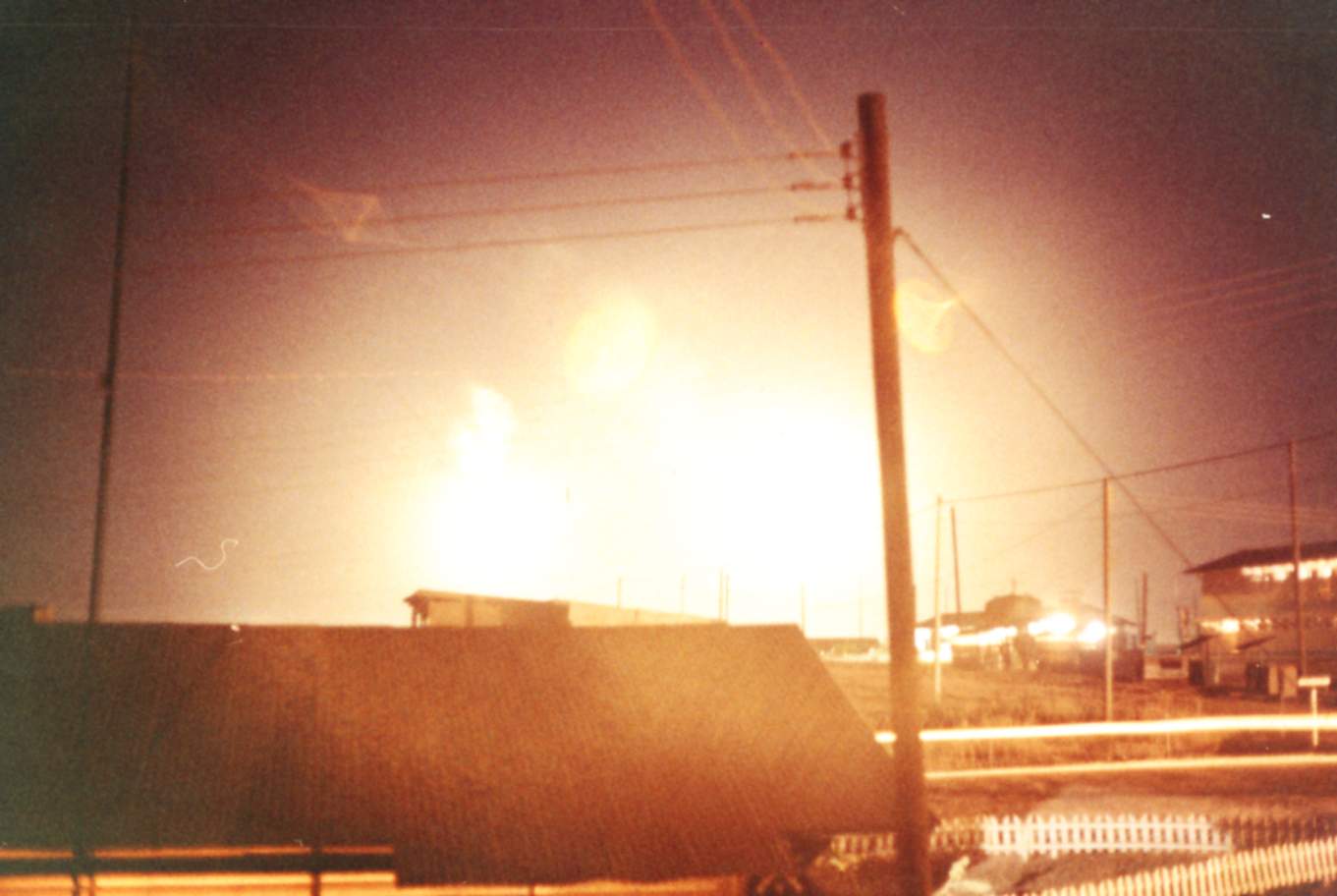
Tom Hain
Nighttime...flares going off in the bunker line at BMB.
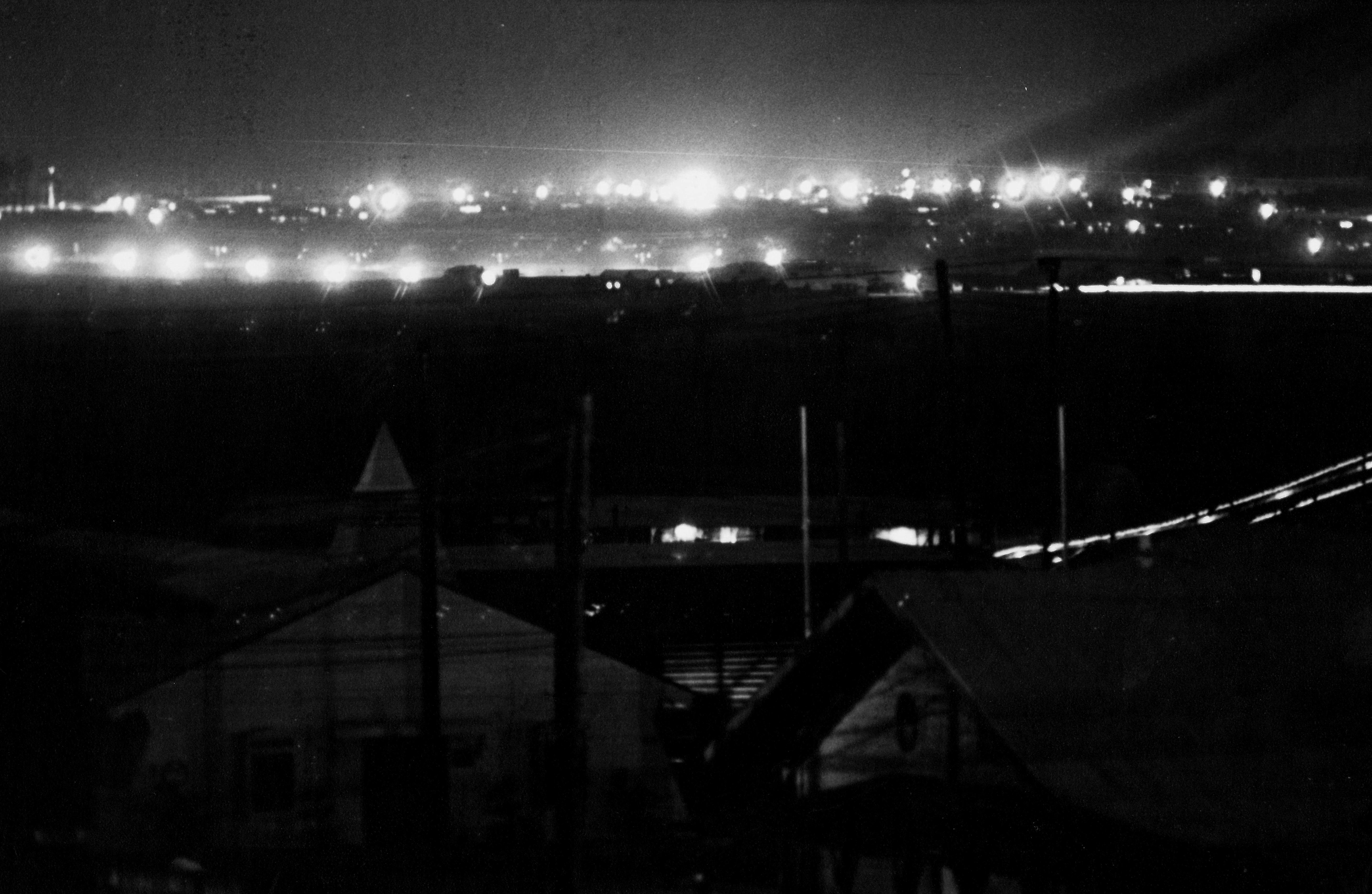
40th PIO
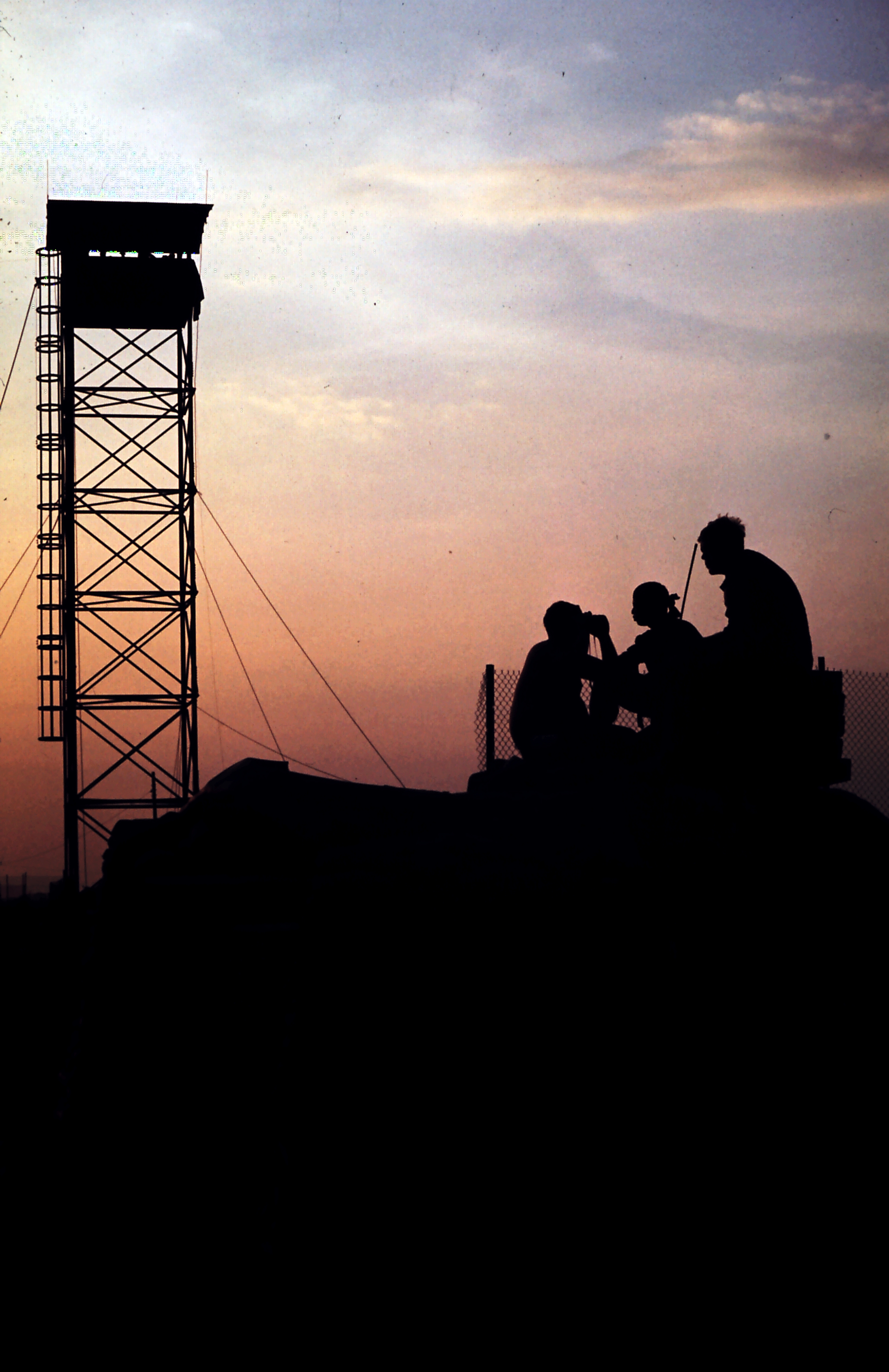
40th PIO
